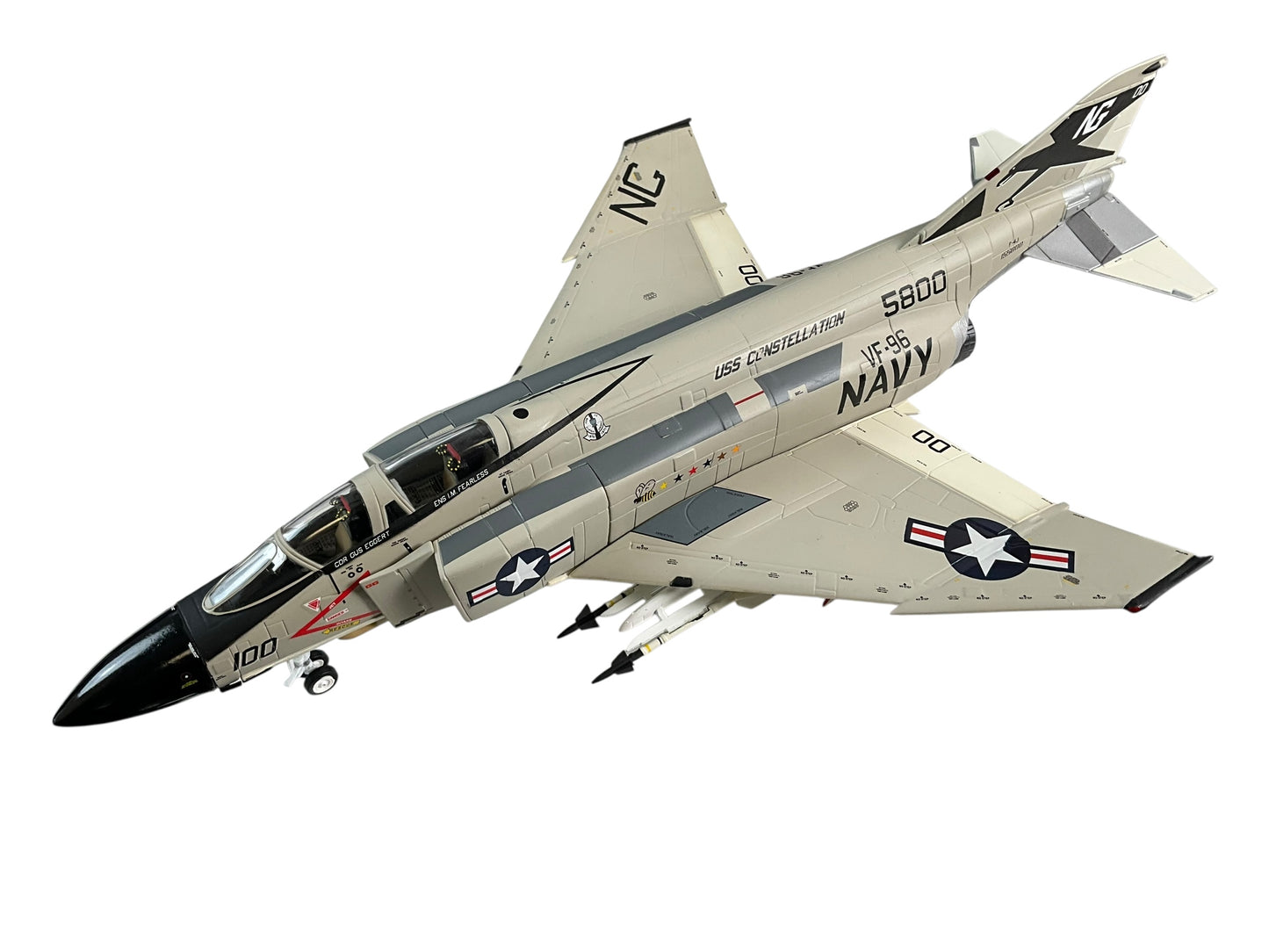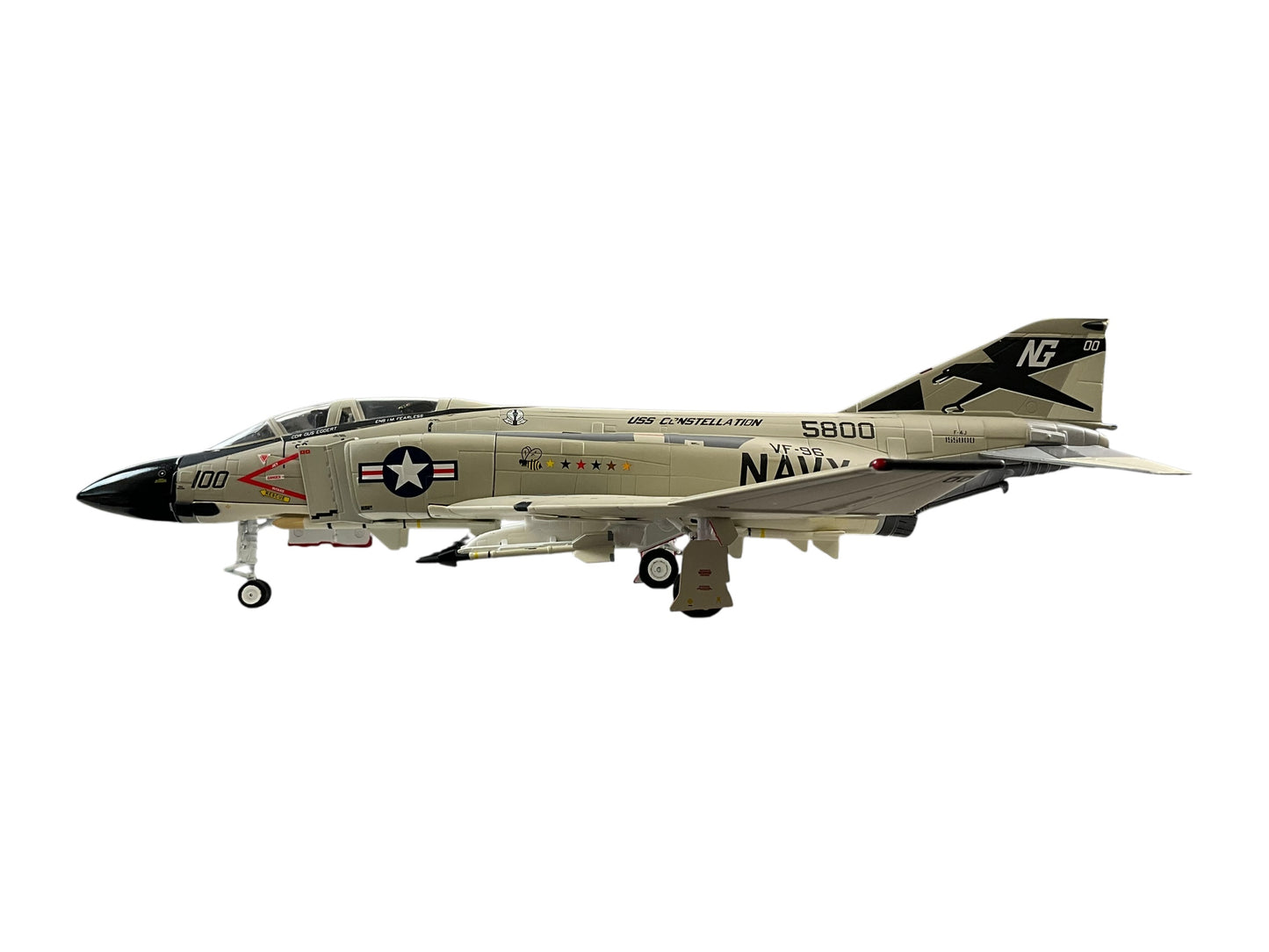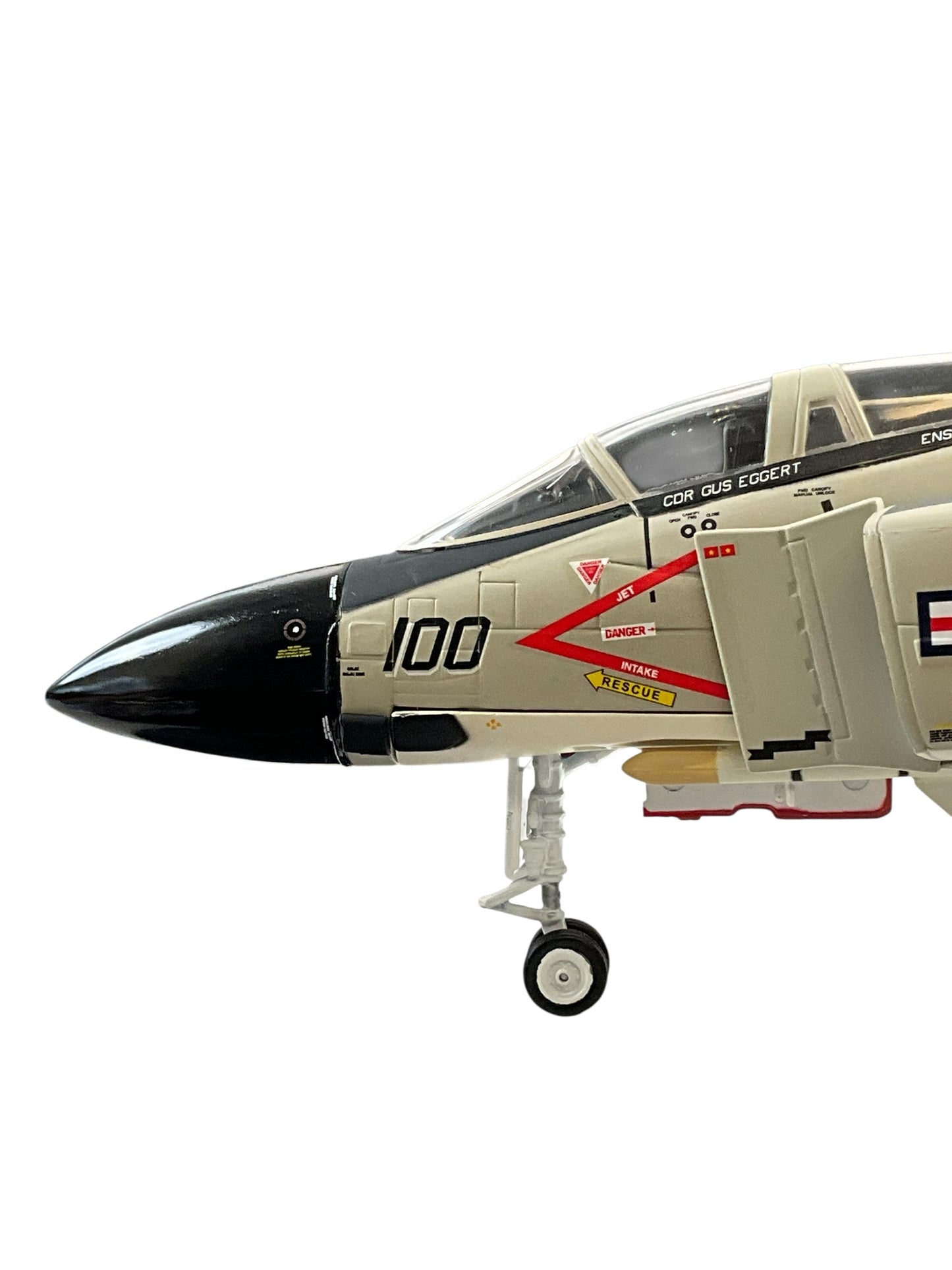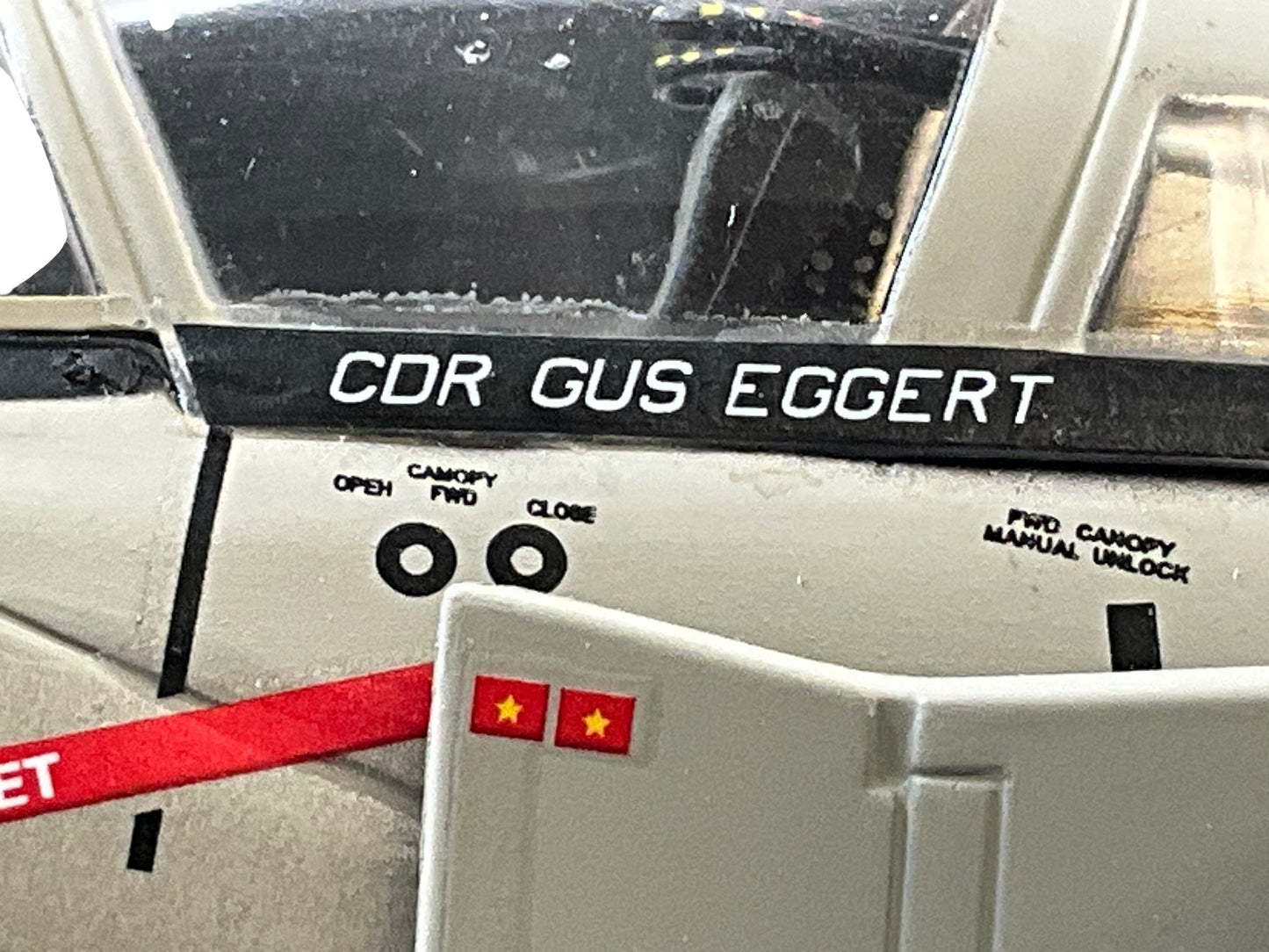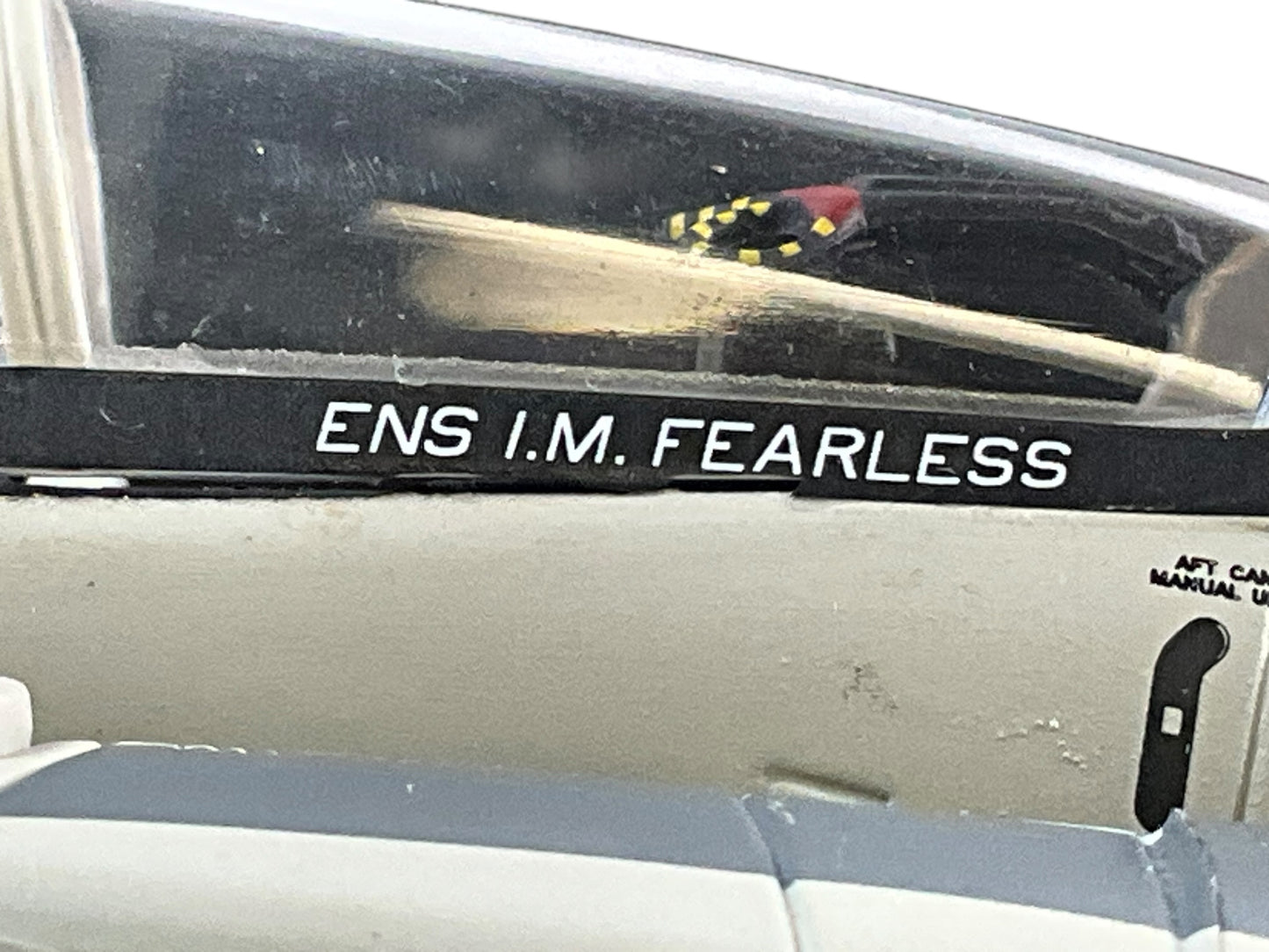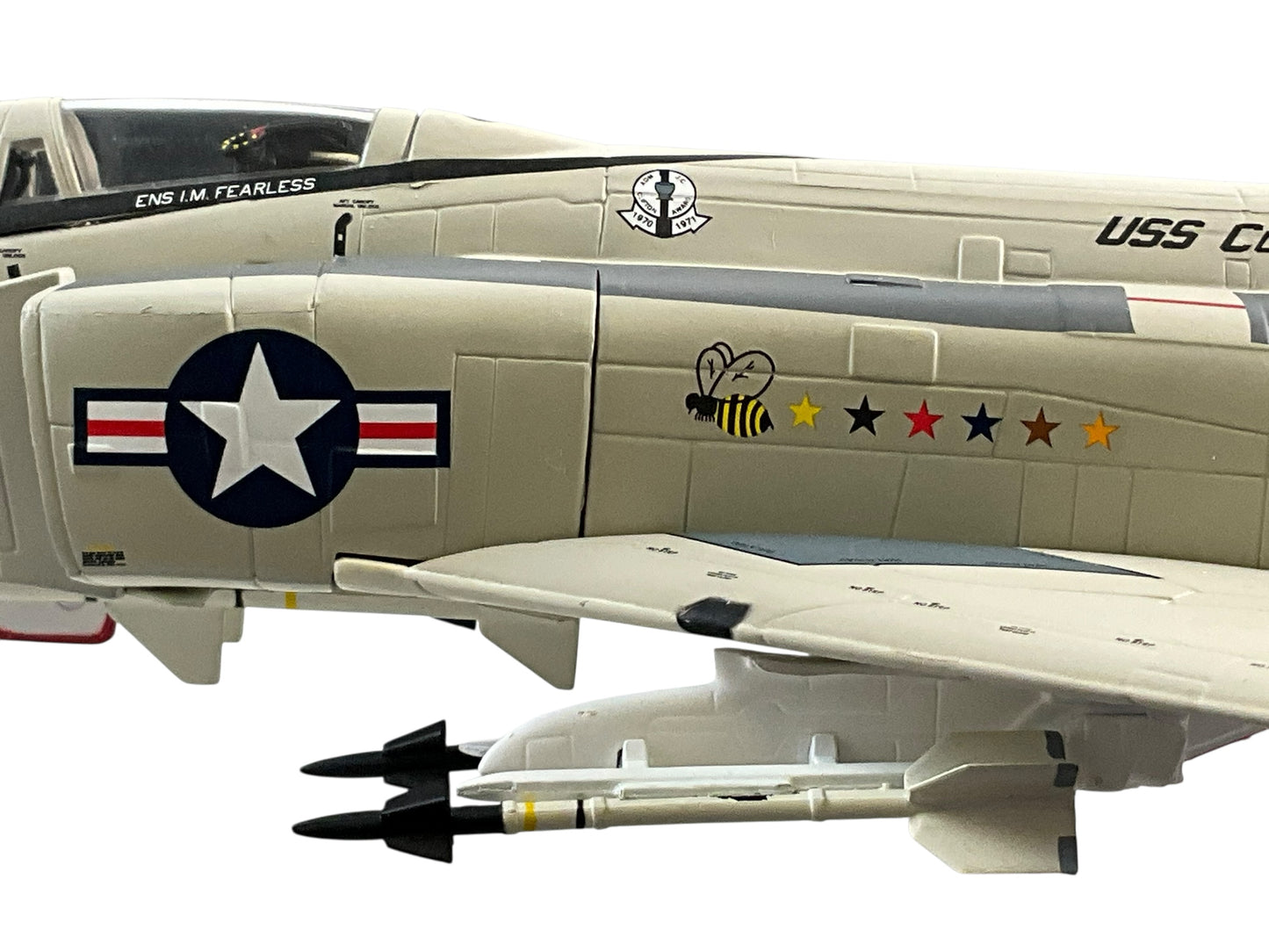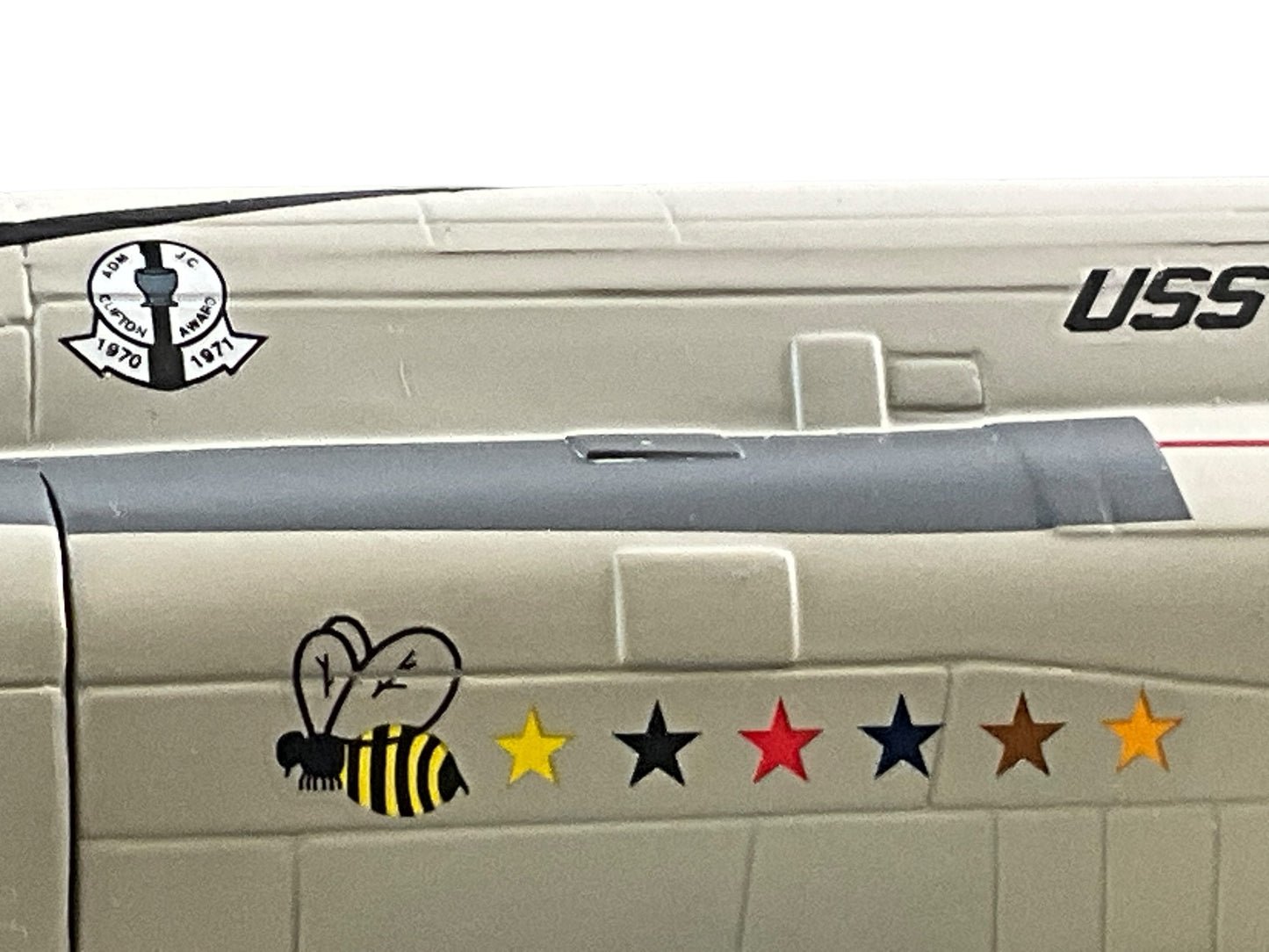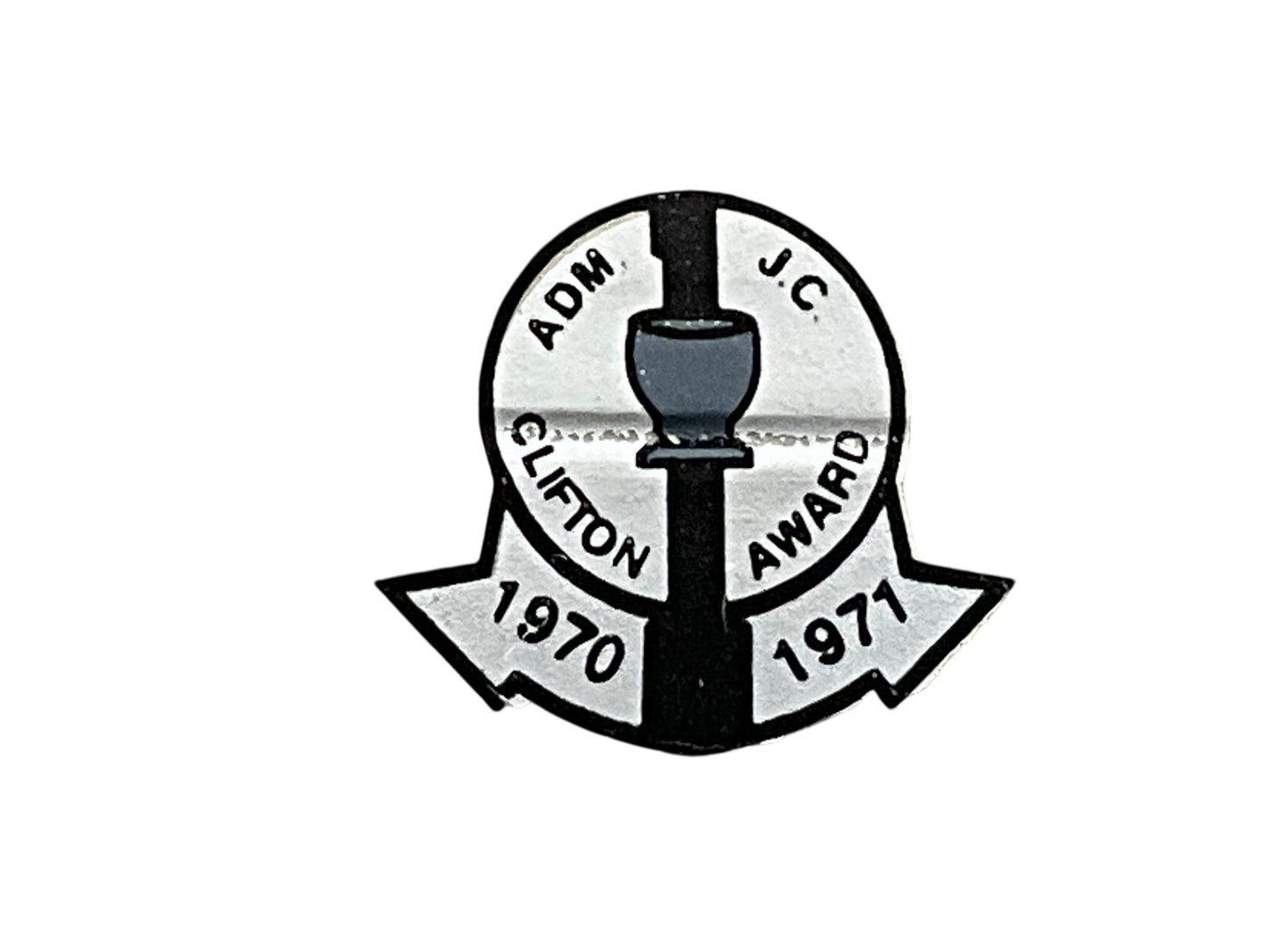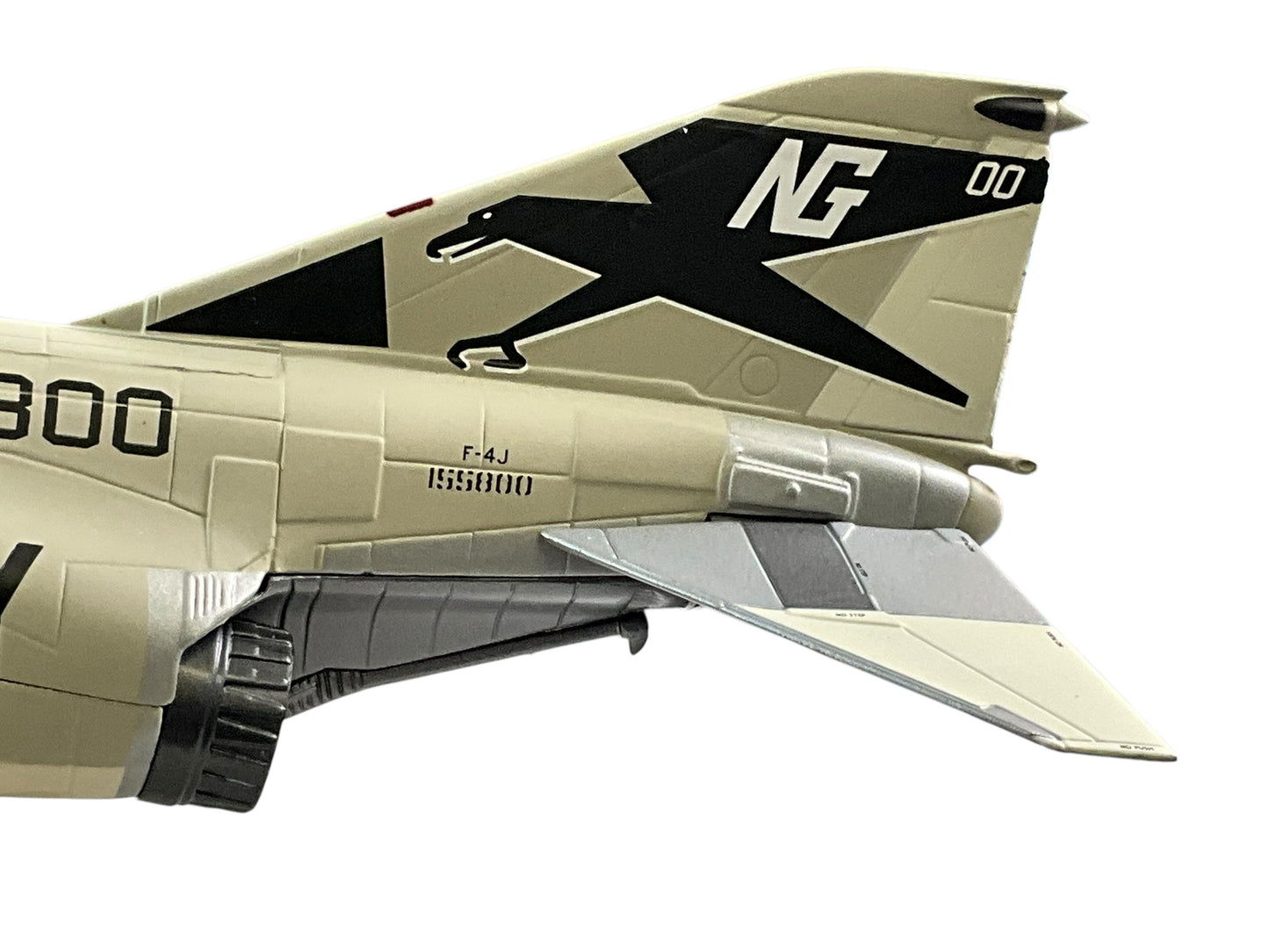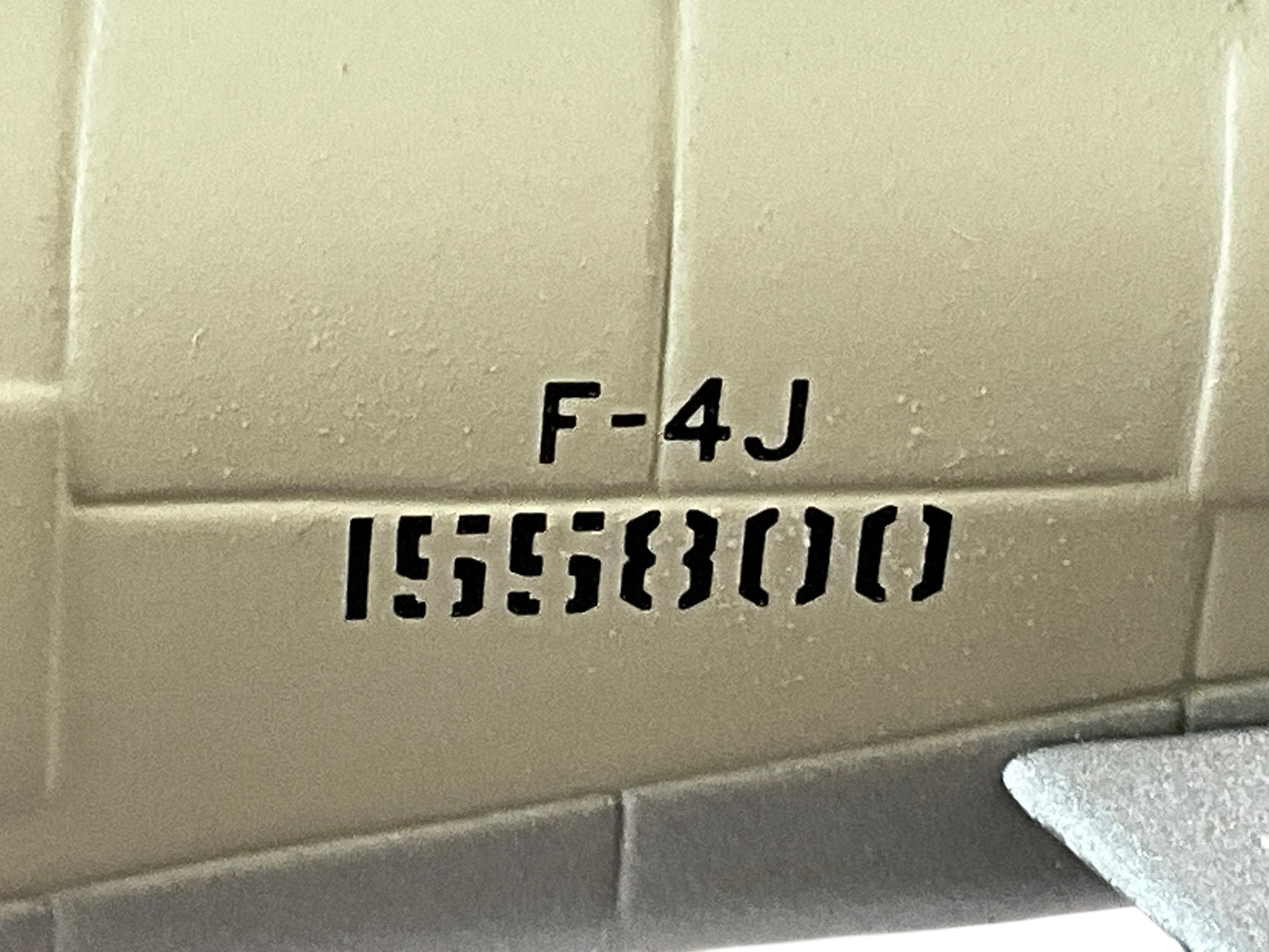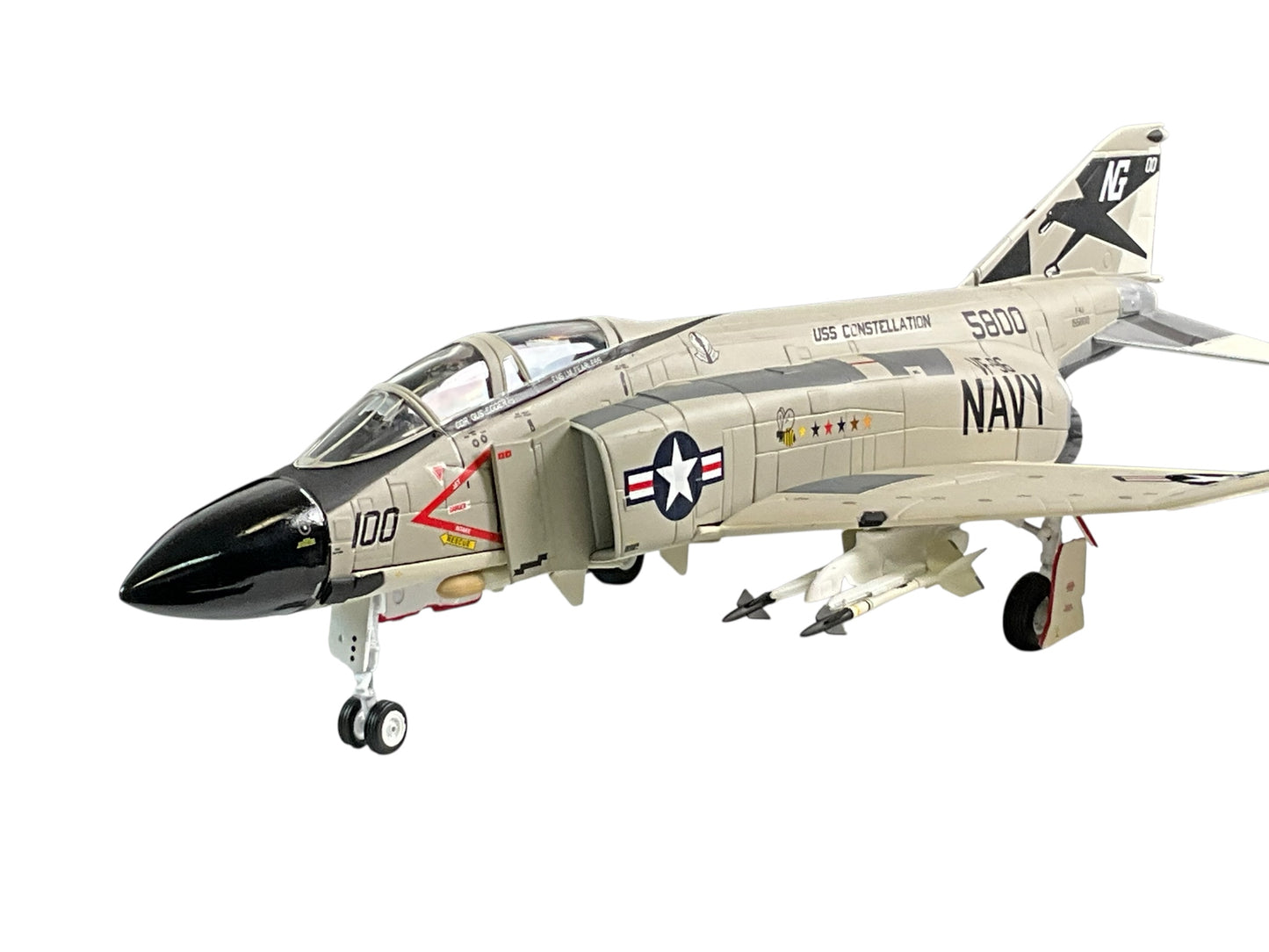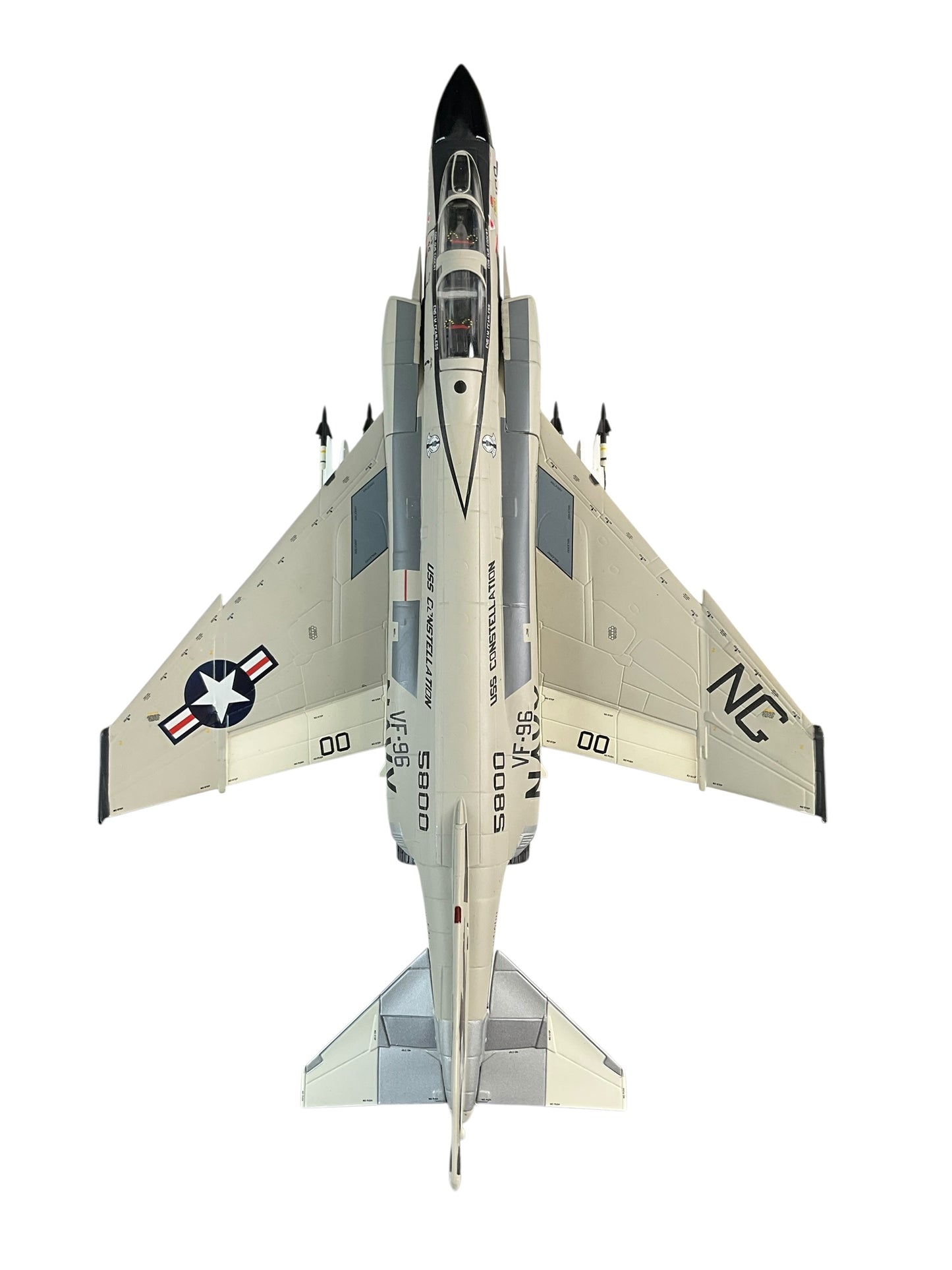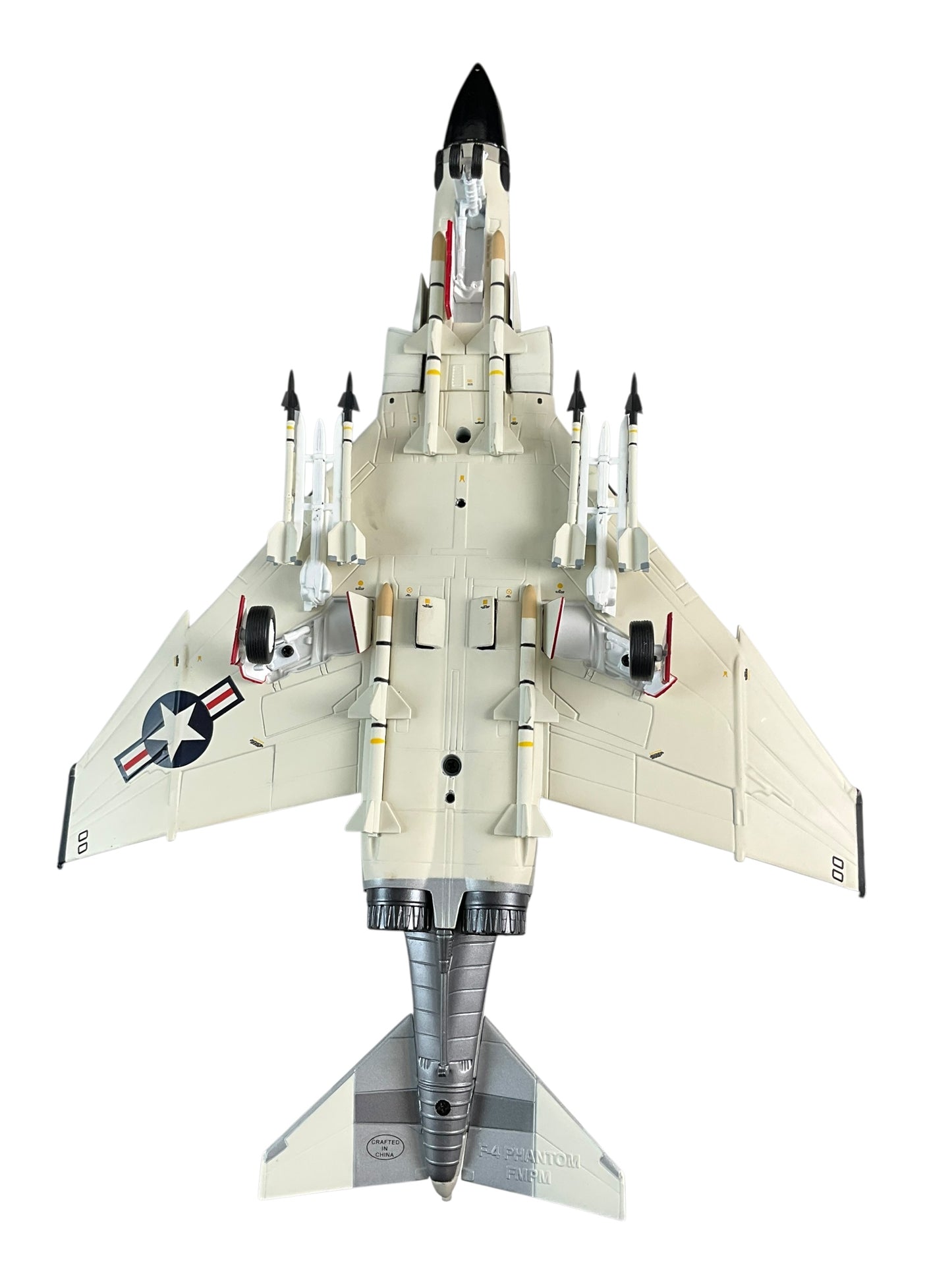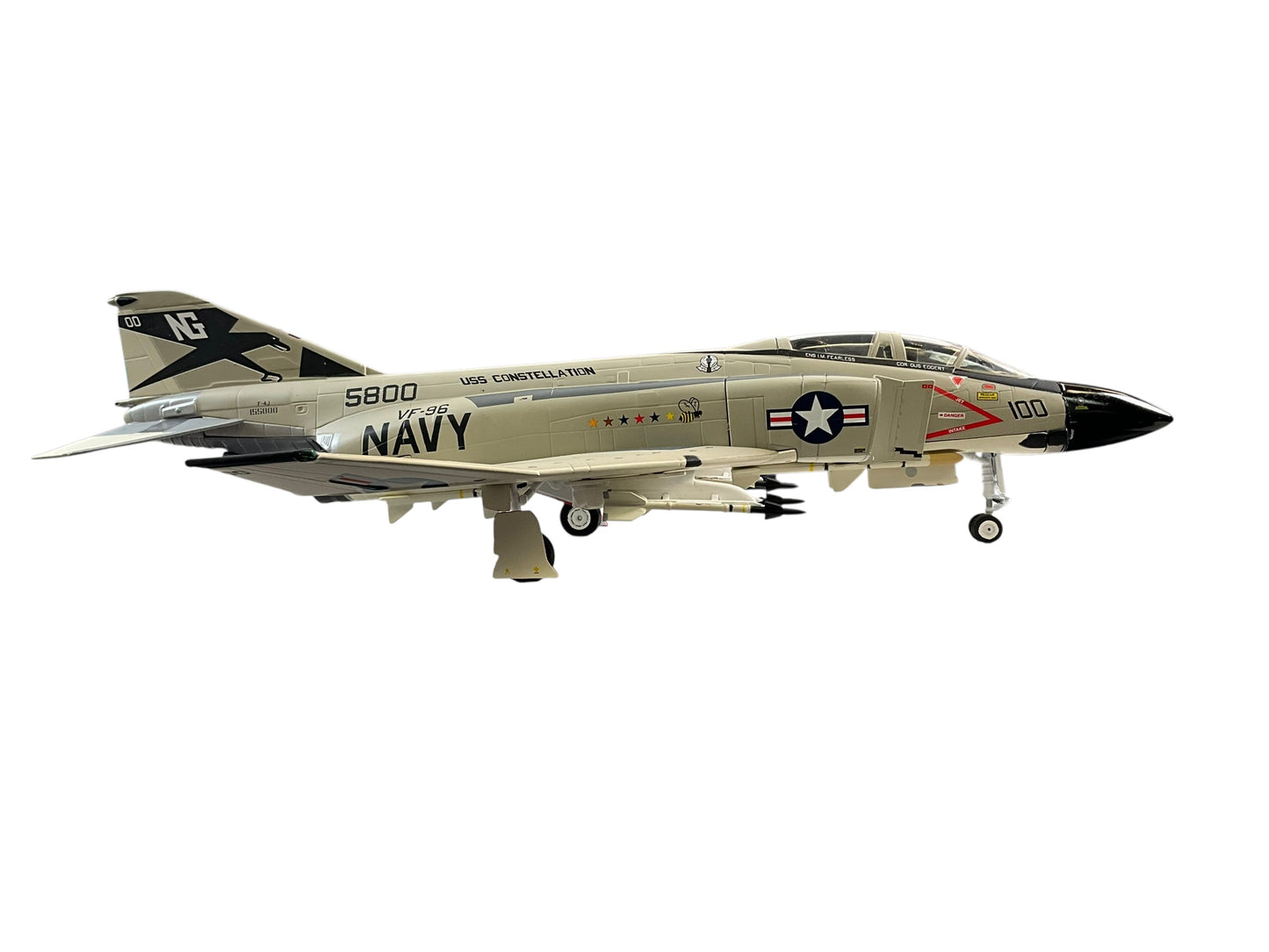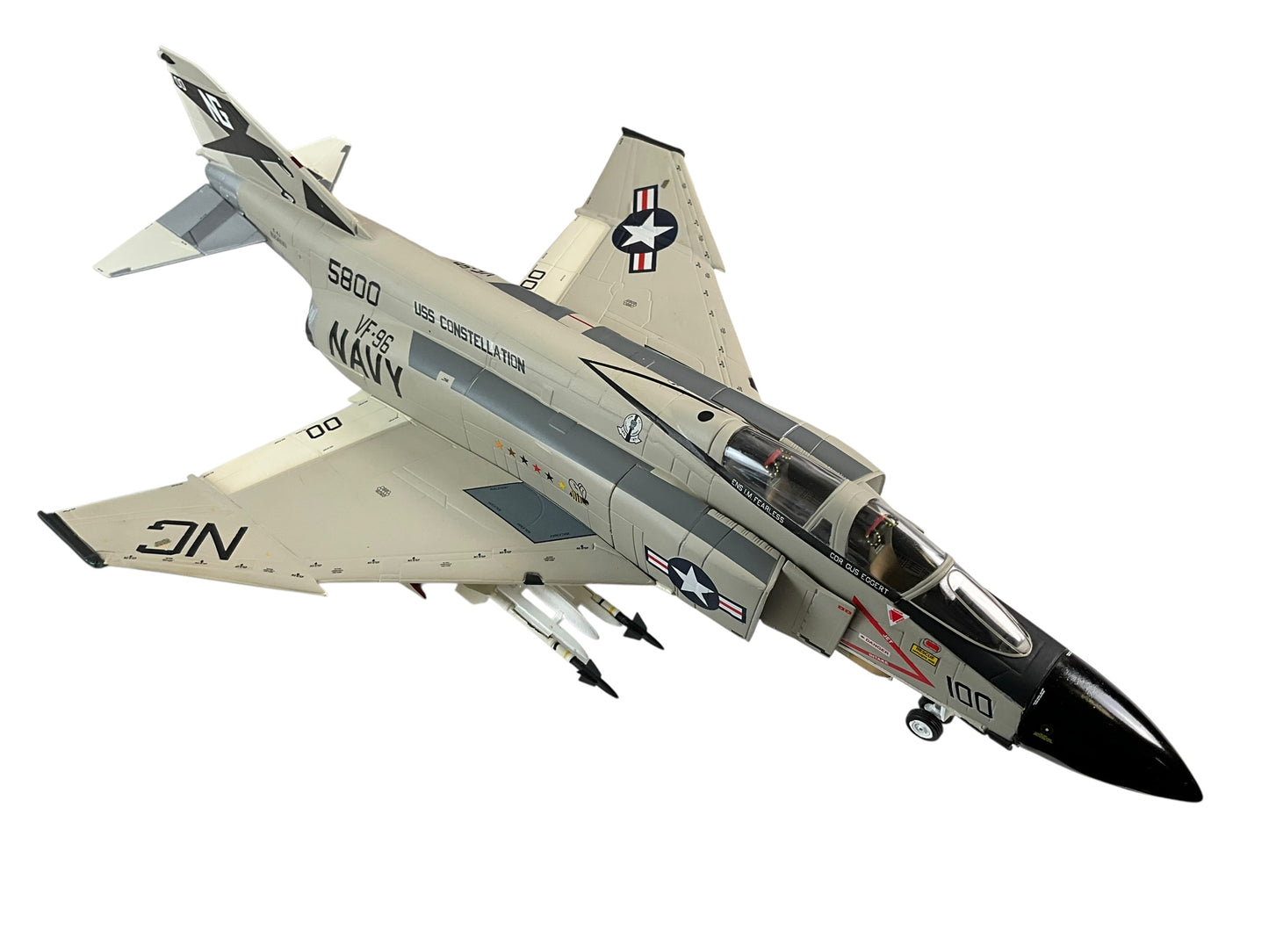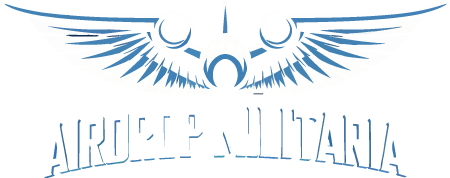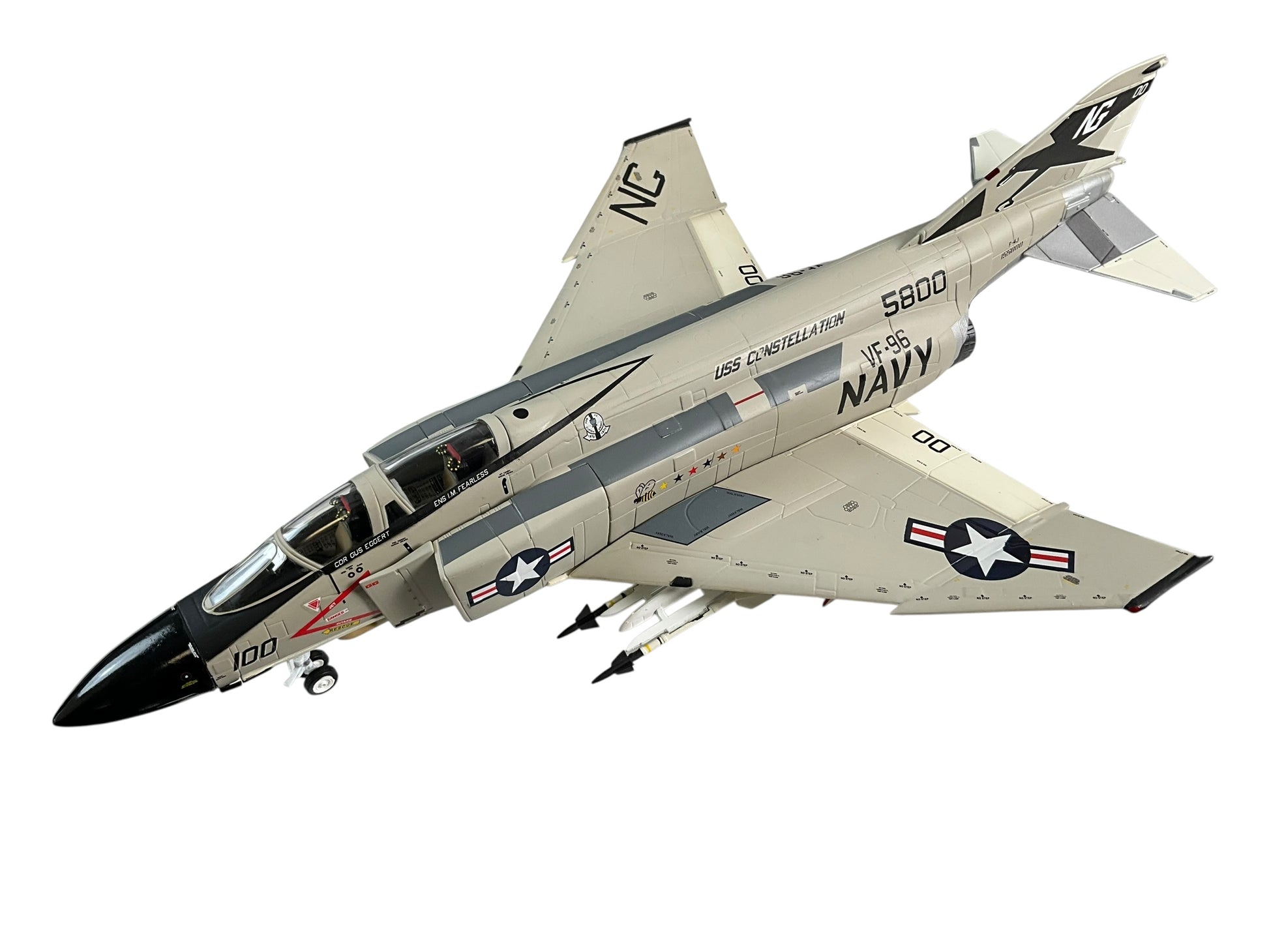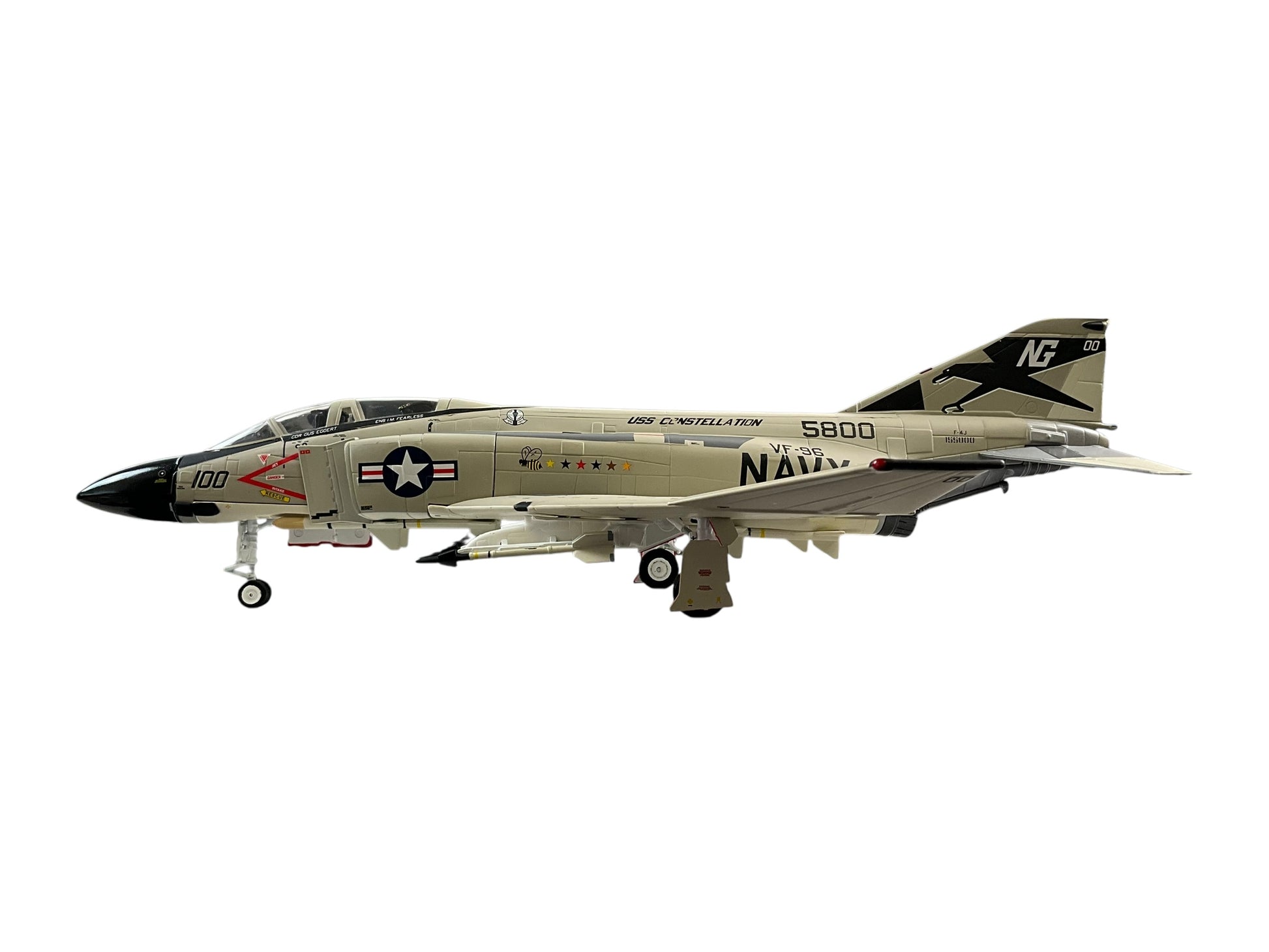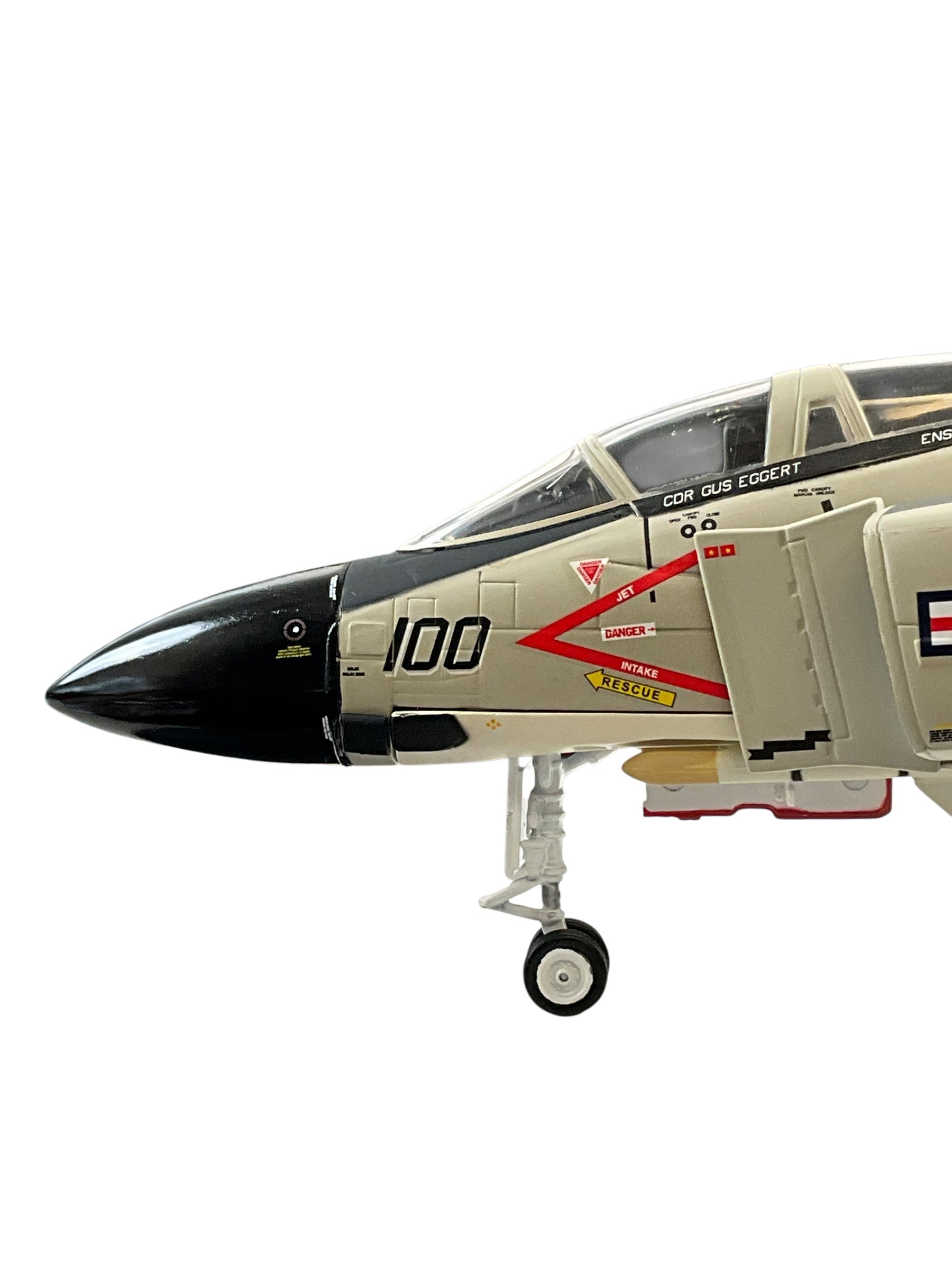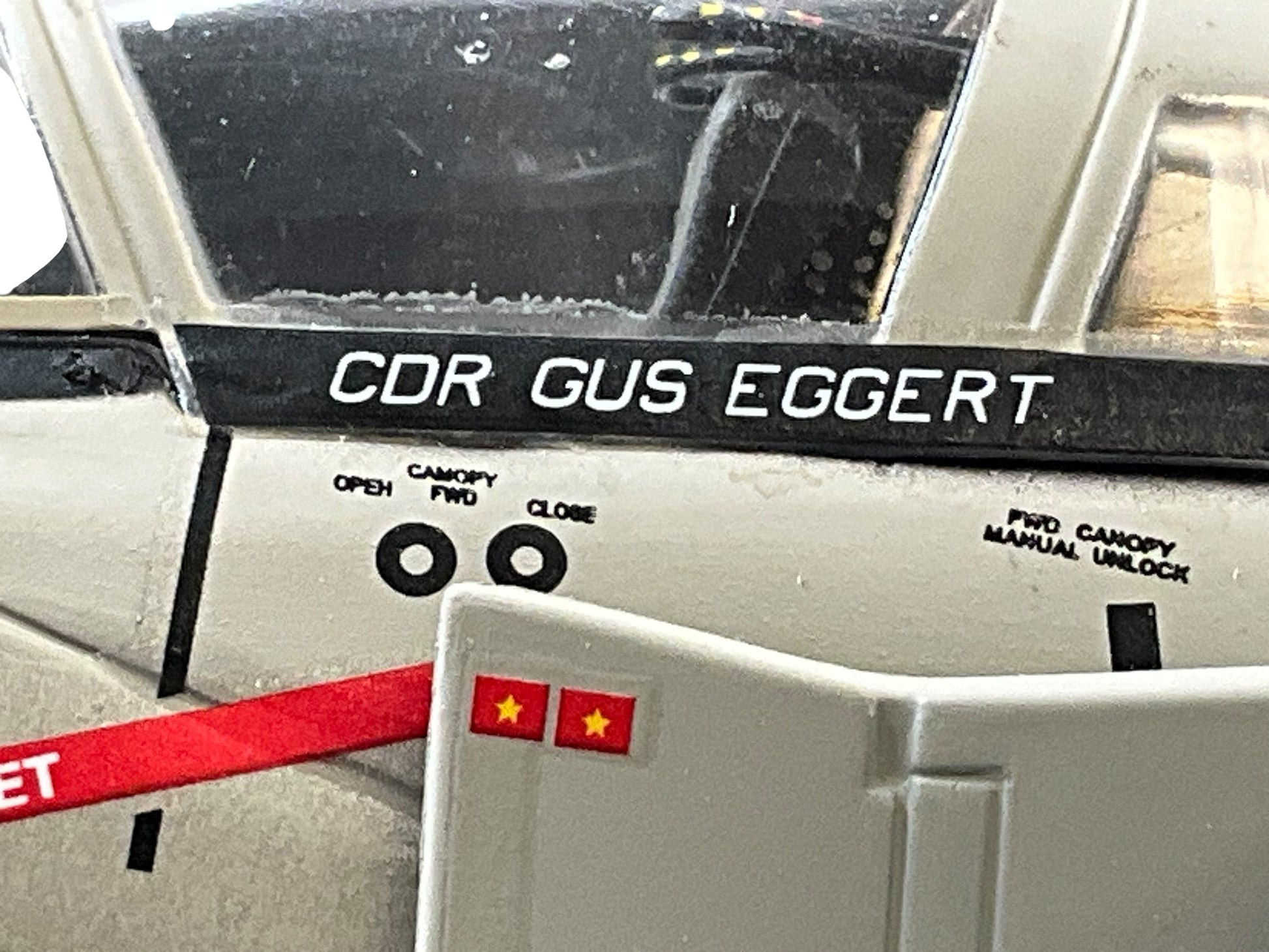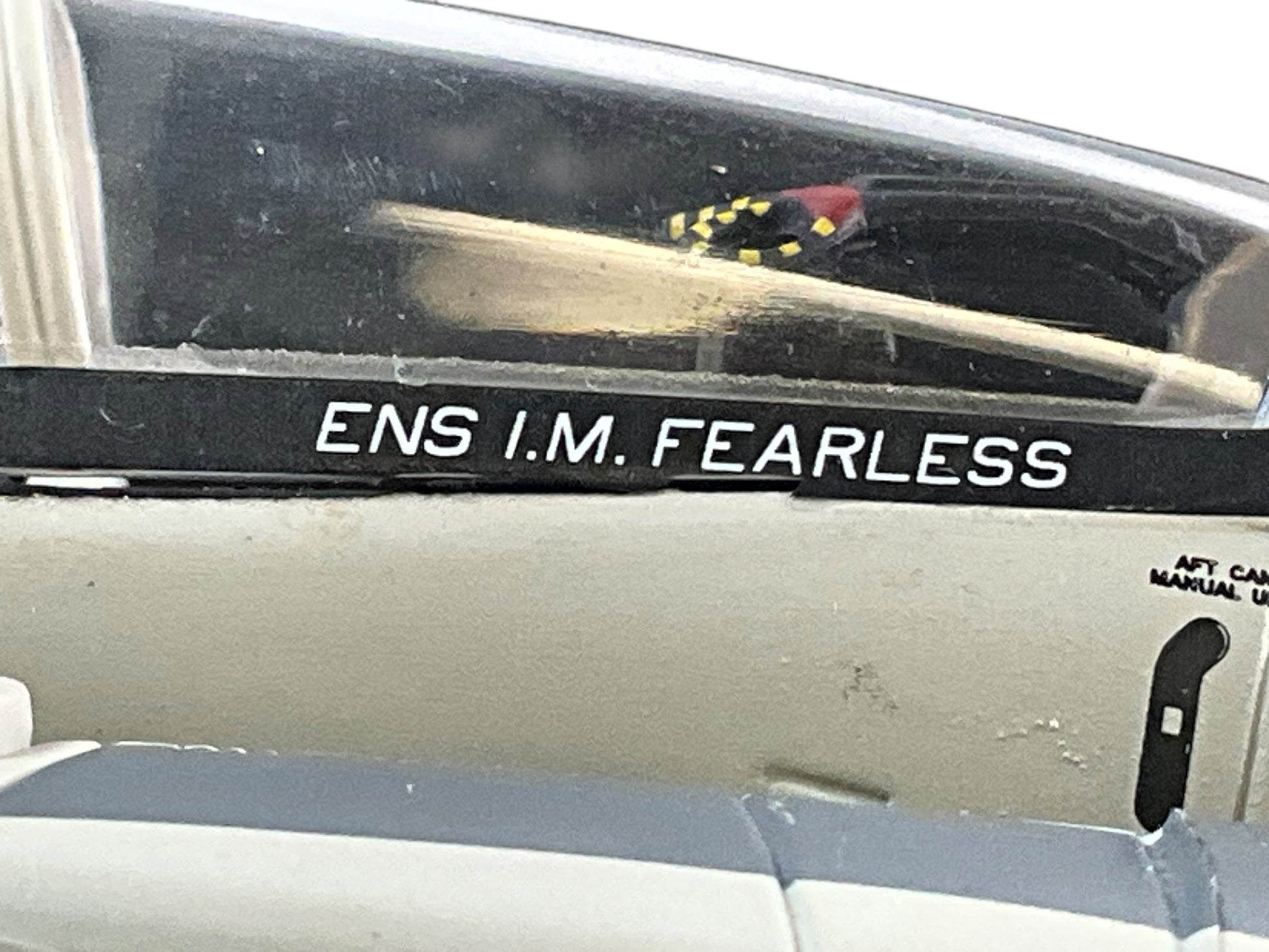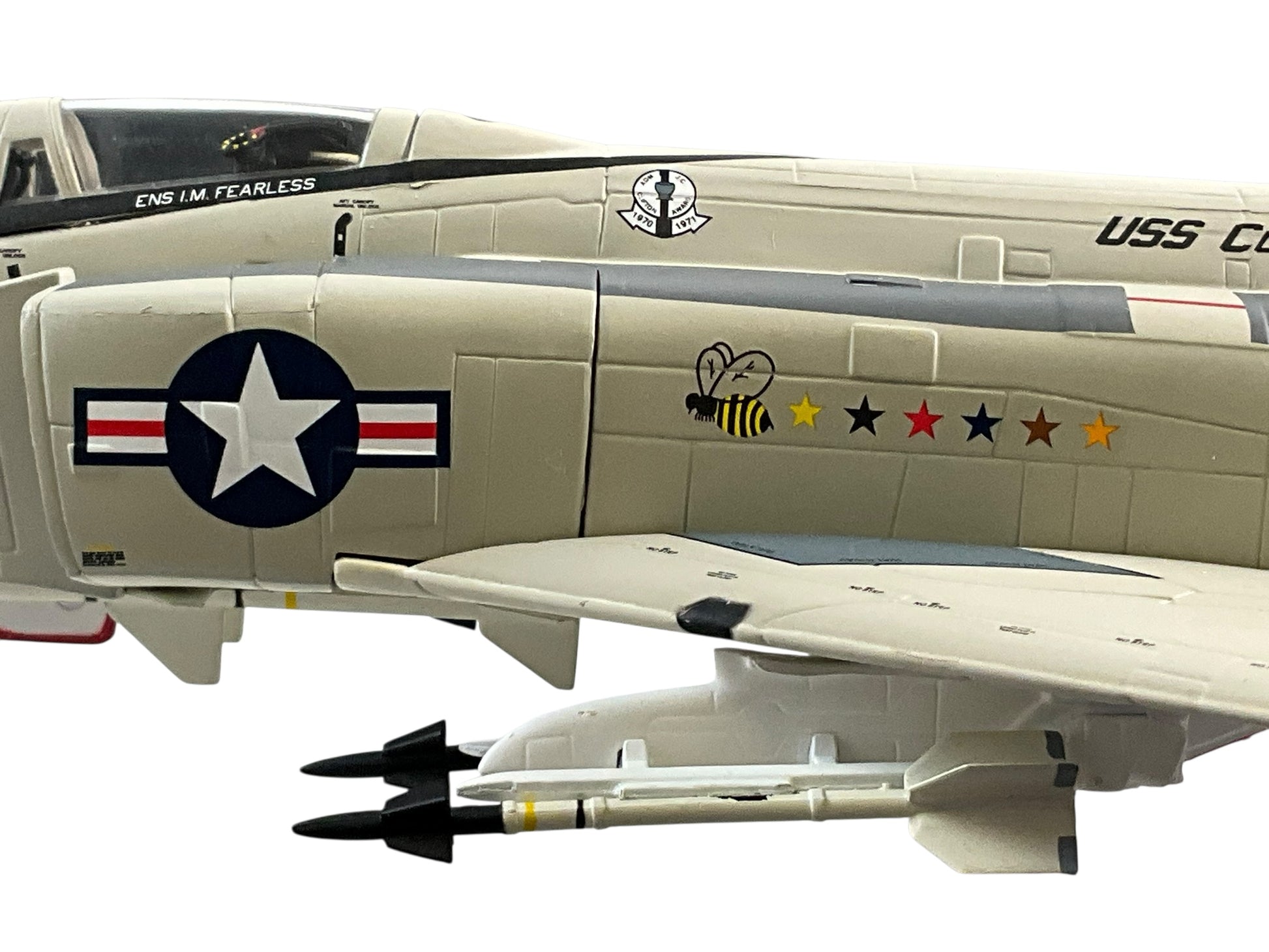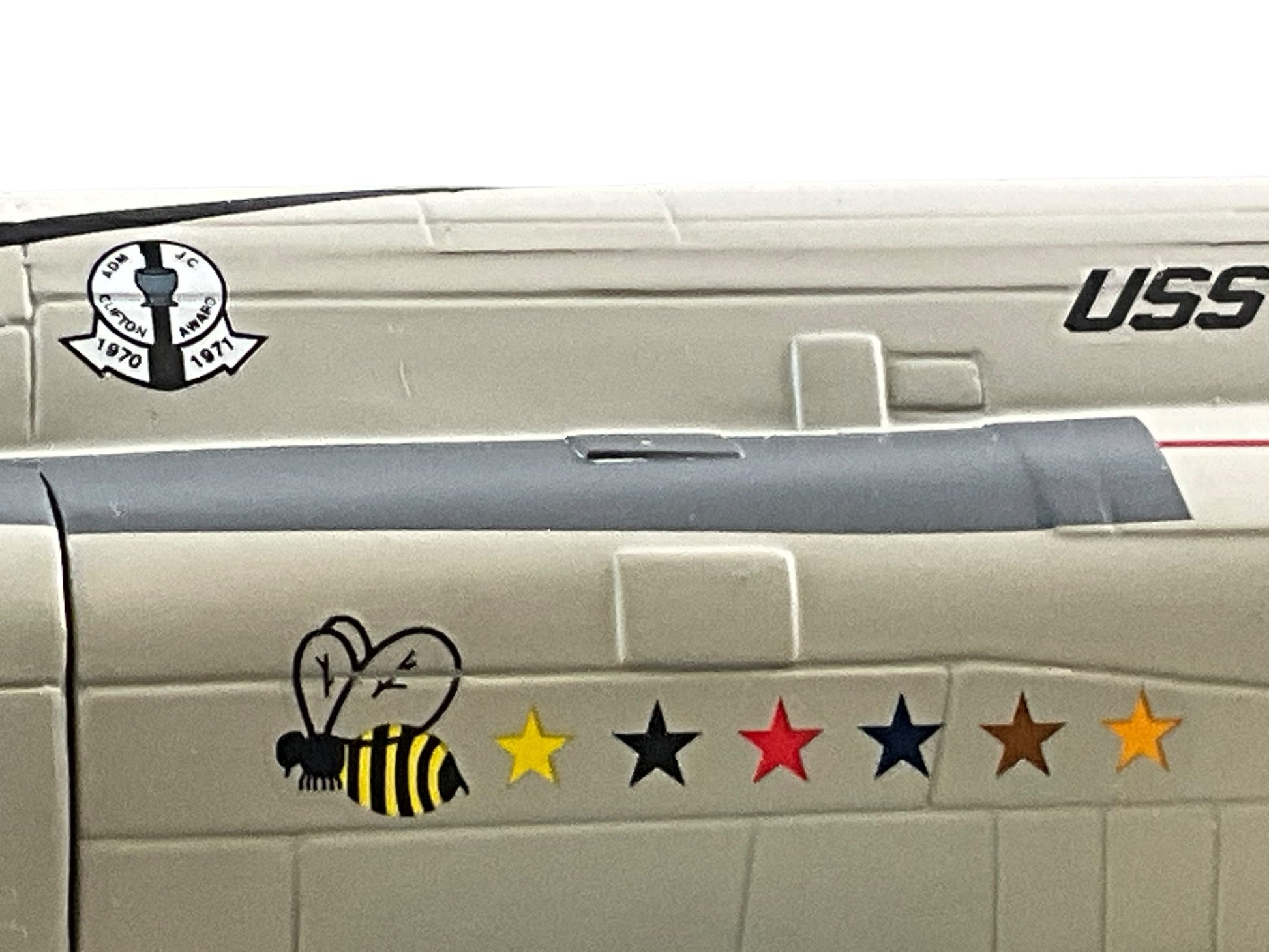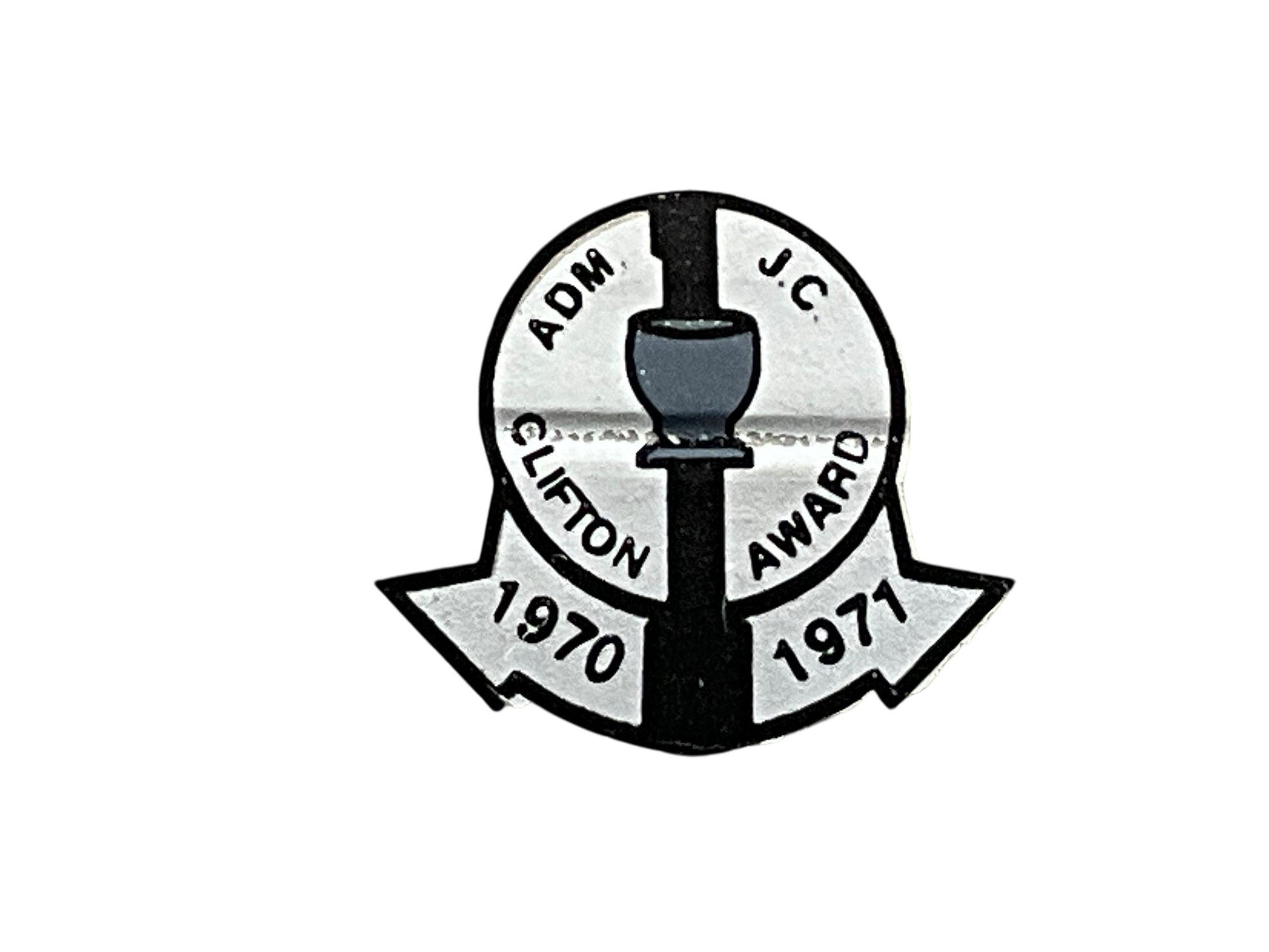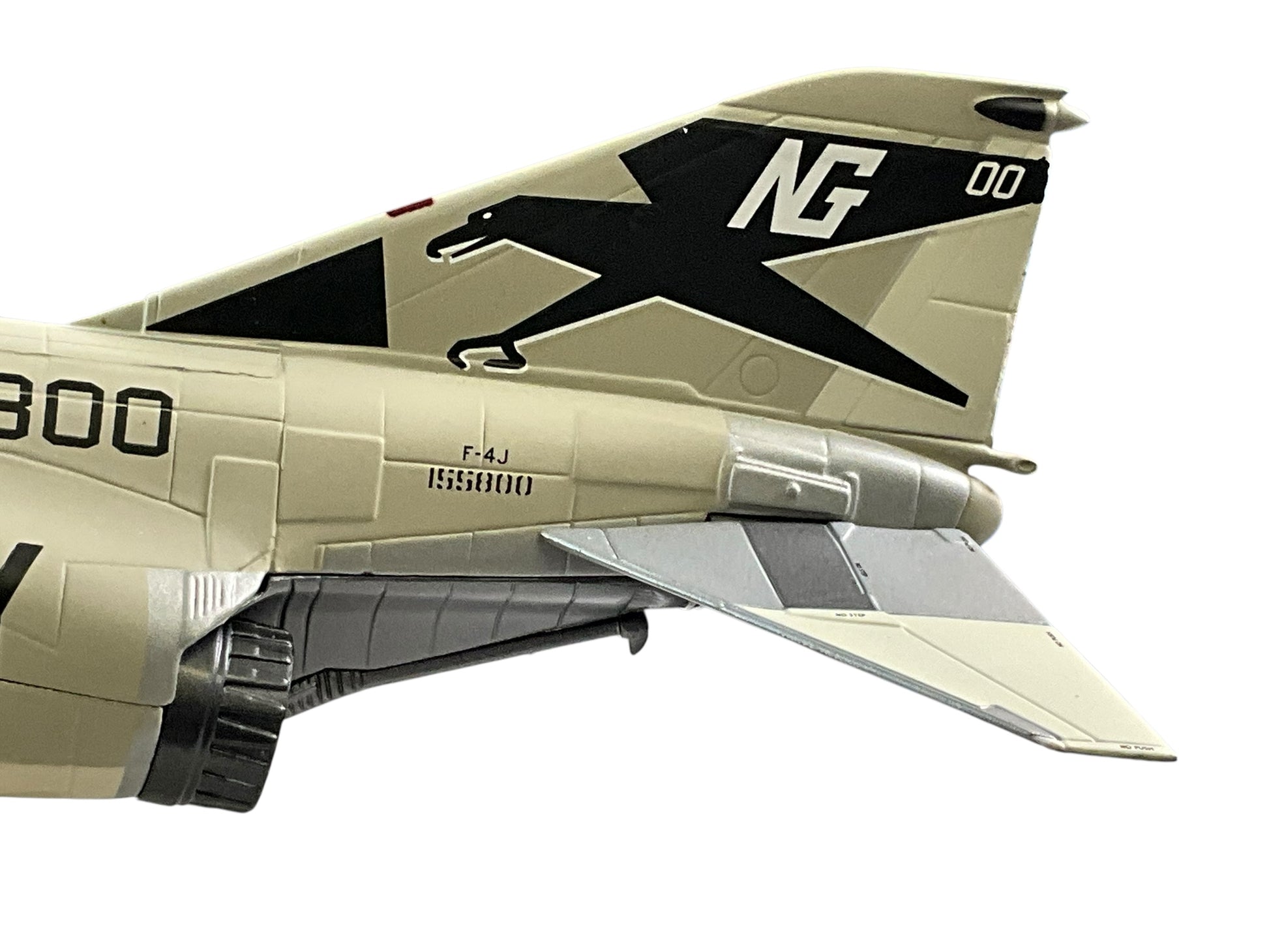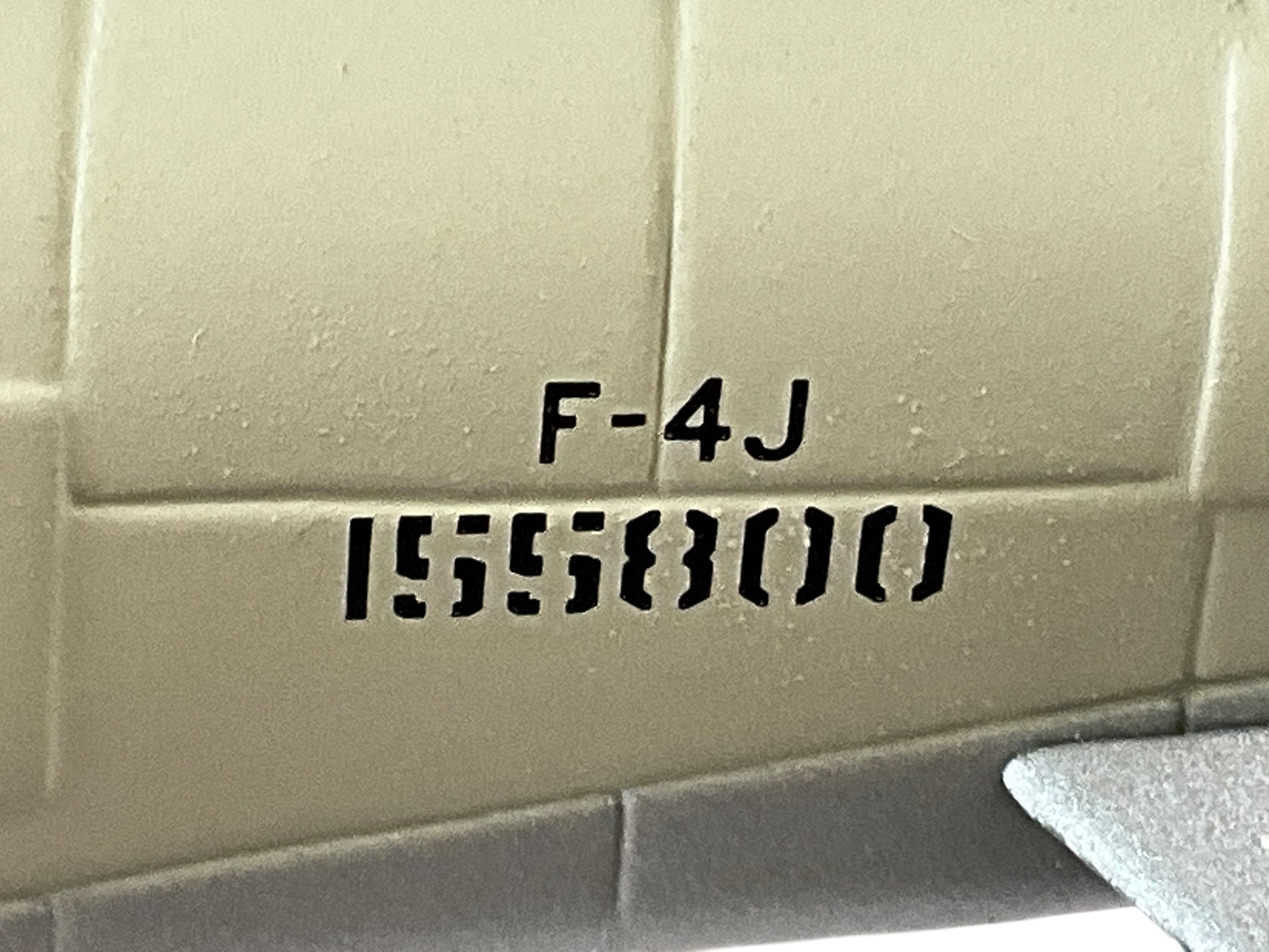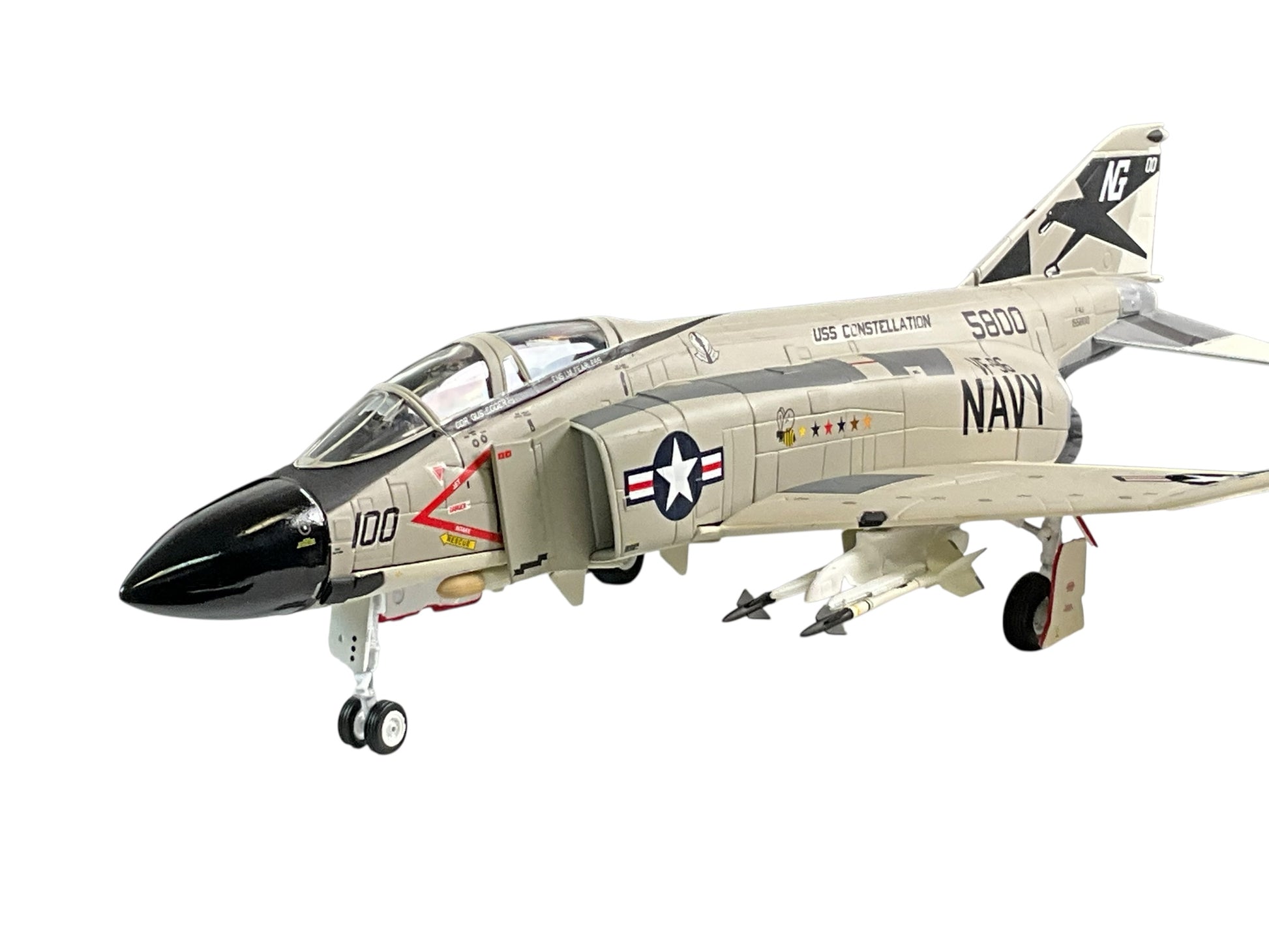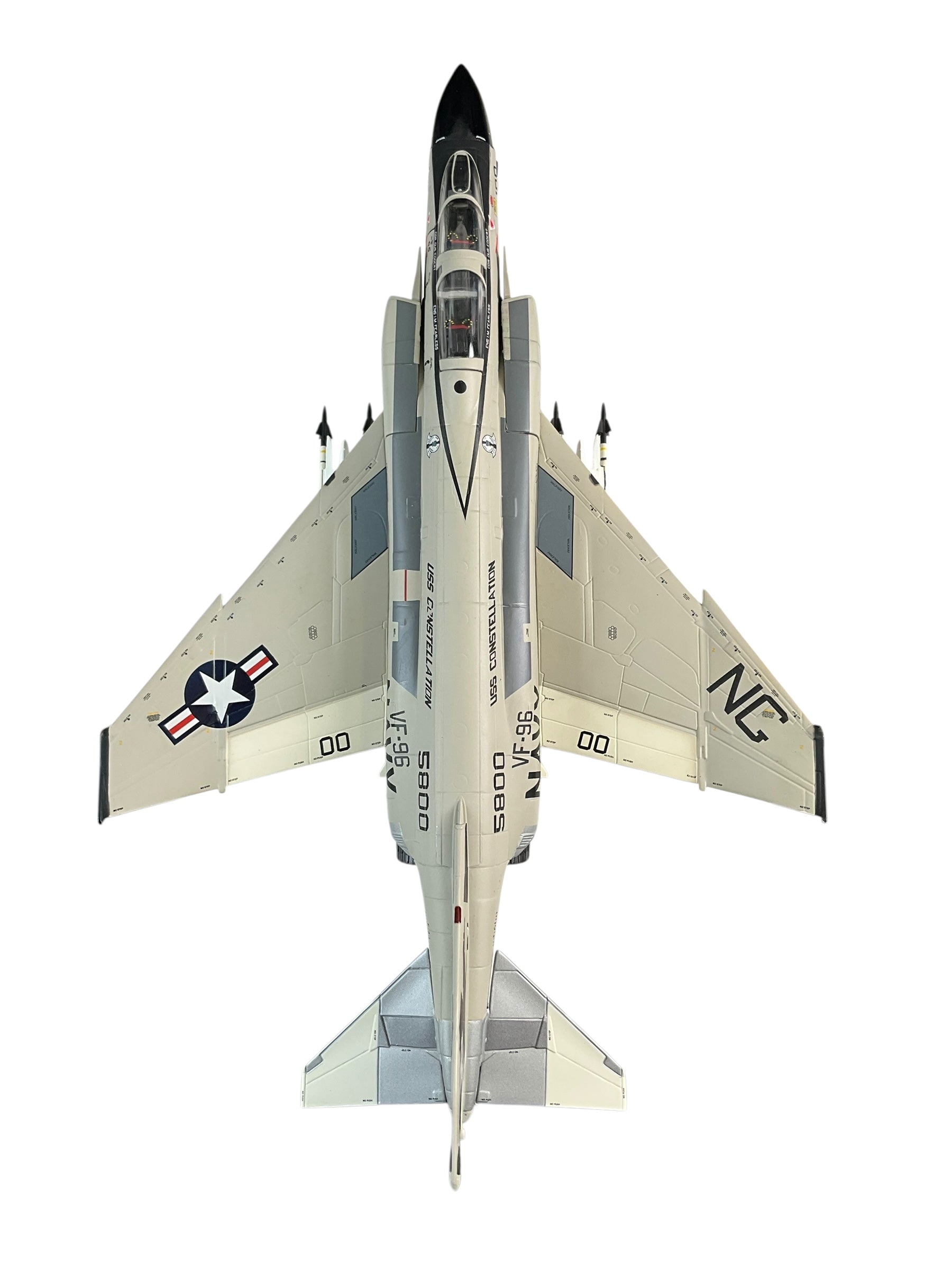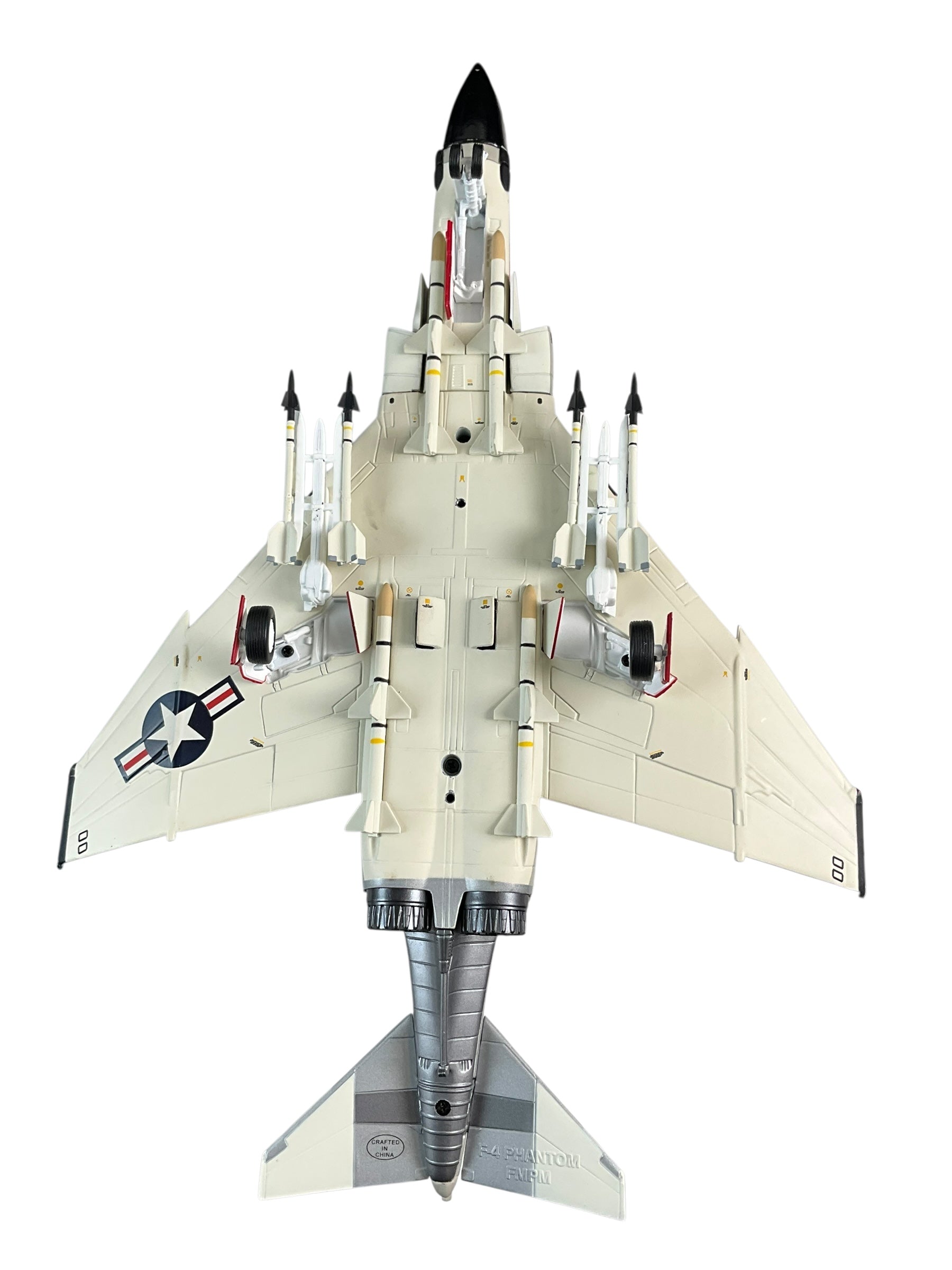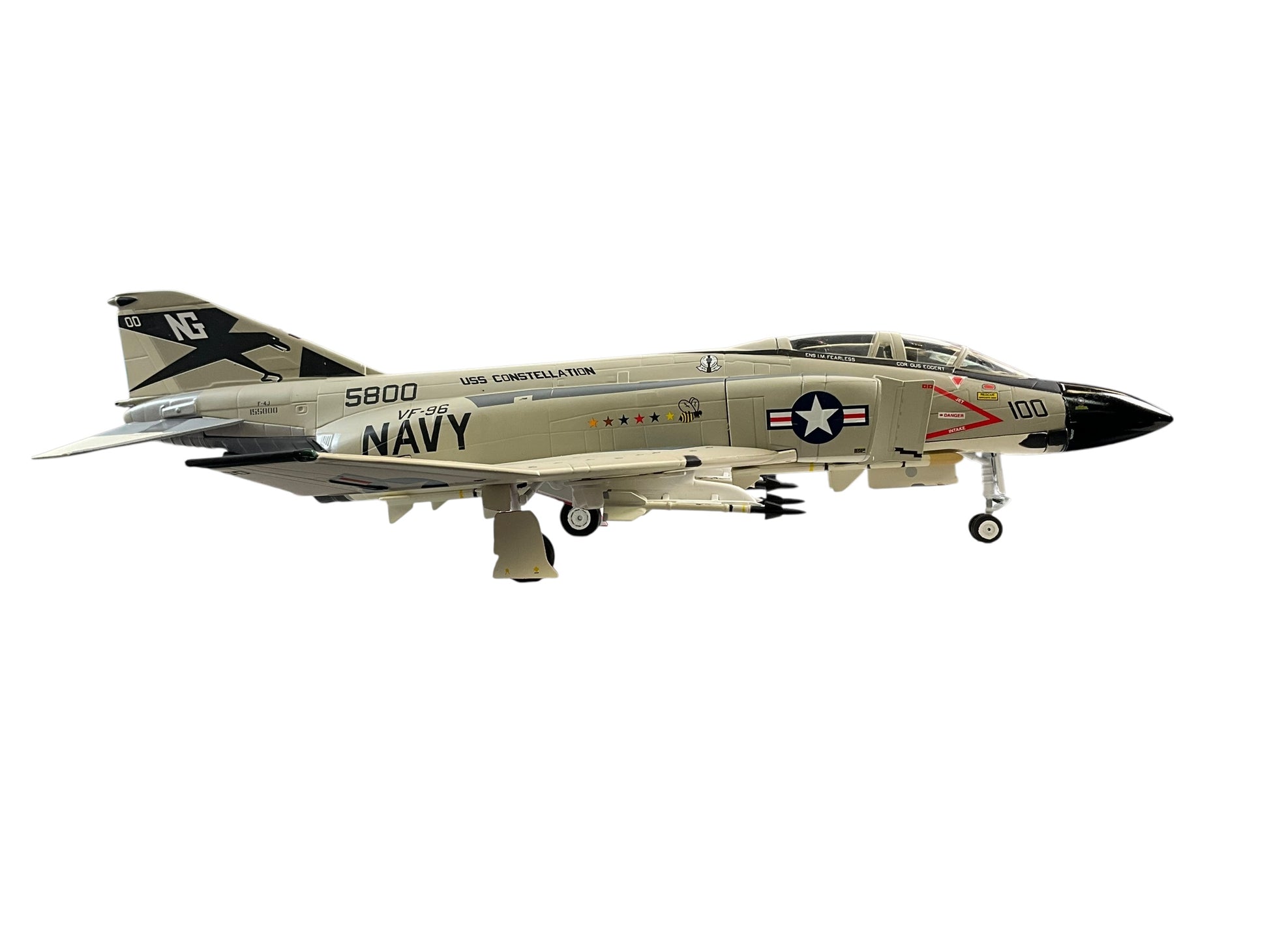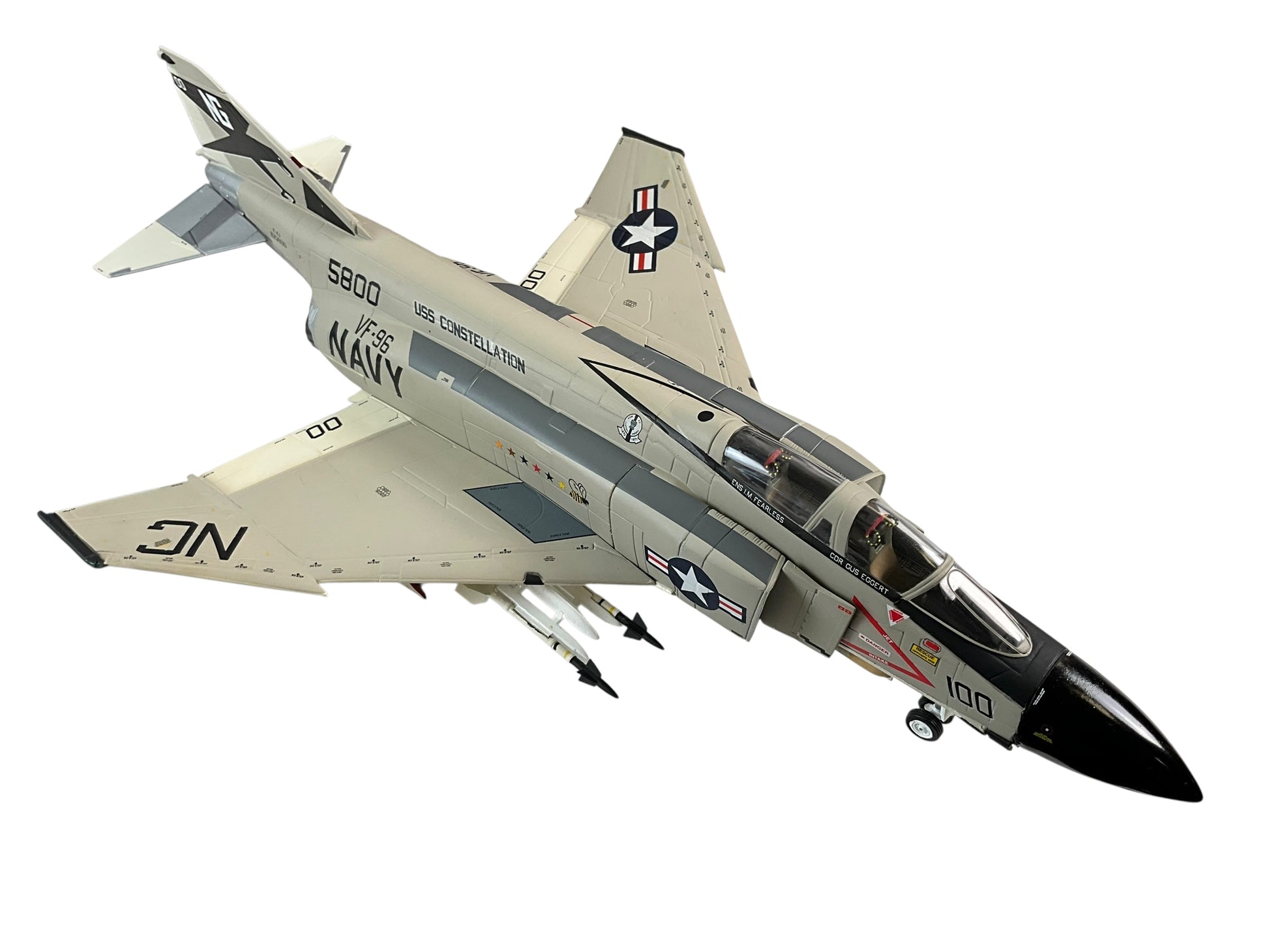airdrop militaria
1/48 Armour/Franklin Mint (B11B553/98233) McDonnell Douglas F4J Phantom II (155800 / 100) "Showtime100" flown by Lt.Cunningham & Lt.Driscoll "U.S.S.Constellation" VF96 "Fighting Falcons" U.S.Navy, 1972 Vietnam War(Limited Edition)
1/48 Armour/Franklin Mint (B11B553/98233) McDonnell Douglas F4J Phantom II (155800 / 100) "Showtime100" flown by Lt.Cunningham & Lt.Driscoll "U.S.S.Constellation" VF96 "Fighting Falcons" U.S.Navy, 1972 Vietnam War(Limited Edition)
Couldn't load pickup availability
1/48 Armour/Franklin Mint (B11B553/98233) McDonnell Douglas F4J Phantom II (155800 / 100) "Showtime100" flown by Lt.Randy Cunningham & Lt.Willie Driscoll {5 MiG Kills) "U.S.S.Constellation" VF96 "Fighting Falcons" U.S.Navy 1972 Vietnam War(Limited Edition)
"Showtime100" refers to a specific U.S. Navy F-4J Phantom II aircraft, BuNo 155800, flown by pilot Lt. Randy Cunningham and radar intercept officer Lt. Willie Driscoll during the Vietnam War, who became the U.S. Navy's first aces of the conflict. This aircraft is notable for achieving the first three of the pair's total of five MiG kills on May 10, 1972, but was later shot down by a surface-to-air missile (SAM). The term is also used to identify a model kit of the aircraft.
Military service

June 1972 ceremony honoring Cunningham and Driscoll for their service in the Vietnam War.
Cunningham joined the United States Navy in 1967.[9] During his service, Cunningham and his Navigator/Radar Intercept Officer (RIO) William P. Driscoll became the only Navy aces in the Vietnam War, flying an F-4 Phantom II from aboard aircraft carrier USS Constellation (CV-64). He and Driscoll recorded five aerial victories against North Vietnamese MiG-21 and MiG-17 aircraft between January and May 1972, including three kills in one flight (earning them the Navy Cross).
In the final engagement, Cunningham downed a MiG-17, which was supposedly piloted by "Colonel Tomb", a mythical North Vietnam Air Force fighter ace loosely based on a North Vietnamese pilot from the 921st Fighter Regiment named Nguyễn Văn Cốc. It was later revealed by historians there was no such Colonel Toon and the story was fabricated by Cunningham himself. Văn Cốc retired from the Vietnamese People's Air Force in 2002.[10]
While returning to the carrier after the final shoot-down, Cunningham and Driscoll were forced to eject from their F-4 over water near Nam Định after the aircraft was fatally damaged by a SA-2 surface-to-air missile, but they were rescued by Navy helicopter.[citation needed]
After returning to the U.S. from Vietnam in 1972, Cunningham became an instructor at the U.S. Navy's Fighter Weapons School (TOPGUN) at Naval Air Station Miramar in San Diego.[3] He was reportedly nearly court-martialed for allegedly breaking into his commanding officer's office to compare his records and fitness reports with those of his colleagues—a charge denied by Cunningham but supported by two of his superior officers at the time.[3][11] Cunningham served tours with VF-154, United States Seventh Fleet and as executive officer/commanding officer of the shore-based adversary squadron VF-126. In 1987, he was featured on the PBS broadcast of the NOVA special "Top Gun And Beyond", during which he recounted his engagement with the North Vietnamese fighter pilot thought to be the mythical "Colonel Toon".
Cunningham retired from the Navy with the final rank of commander in 1987, settling in Del Mar, a suburb of San Diego. He became nationally known as a CNN commentator on naval aircraft in the run-up to the Persian Gulf War.[12]

Awards and decorations
 |
||
|
|
||
Share
